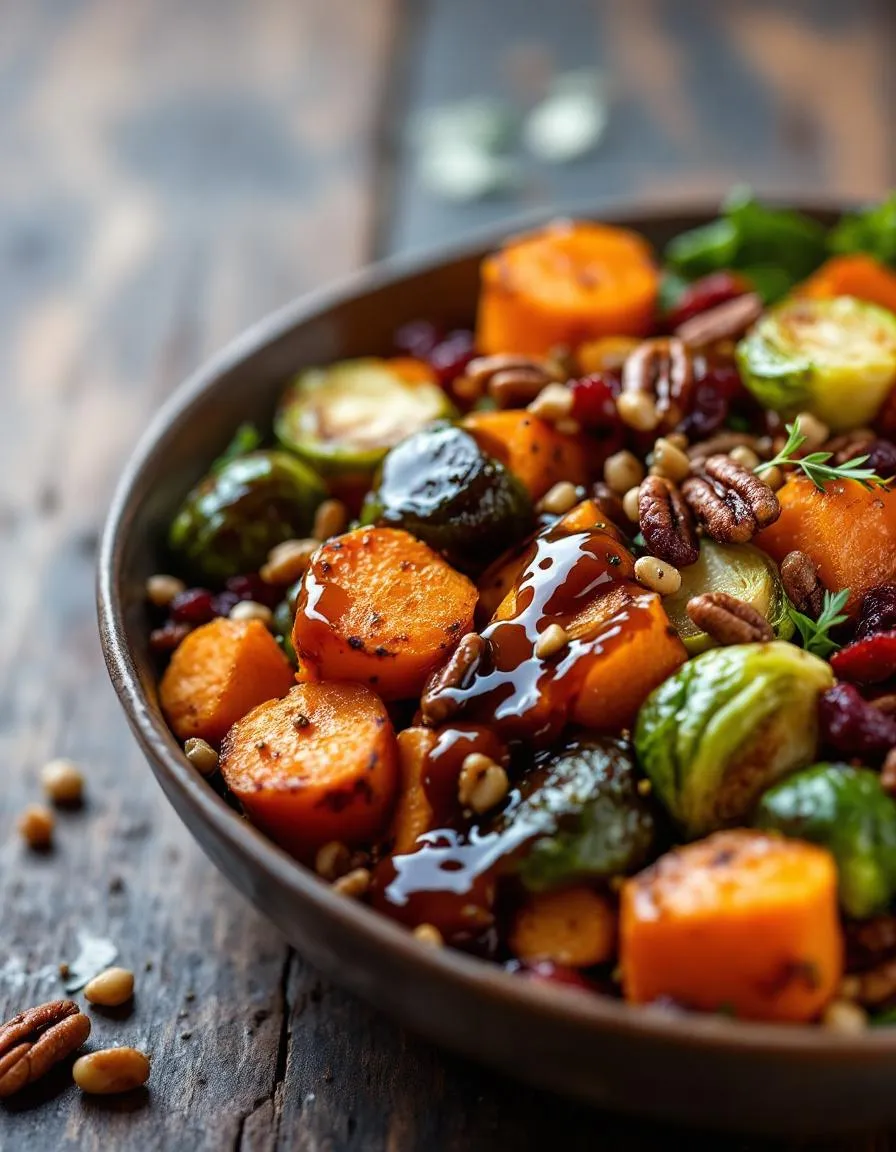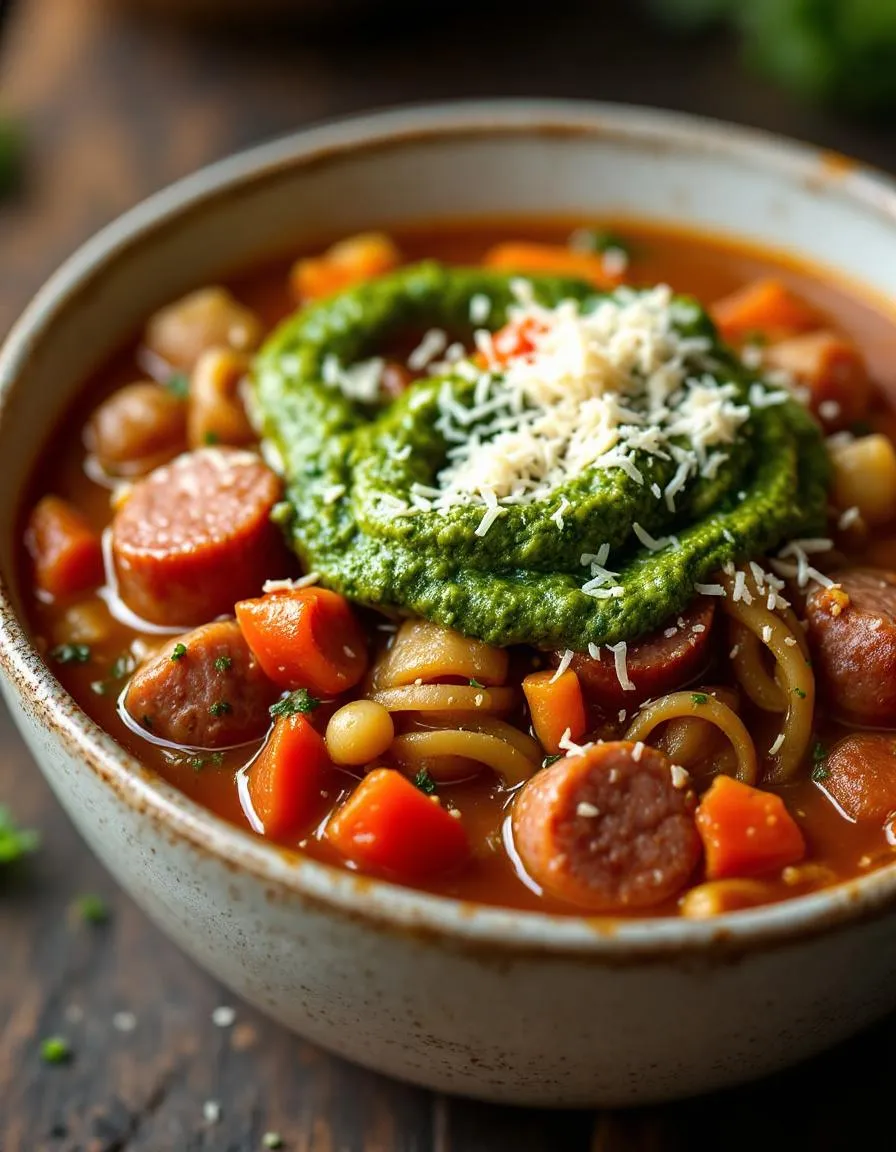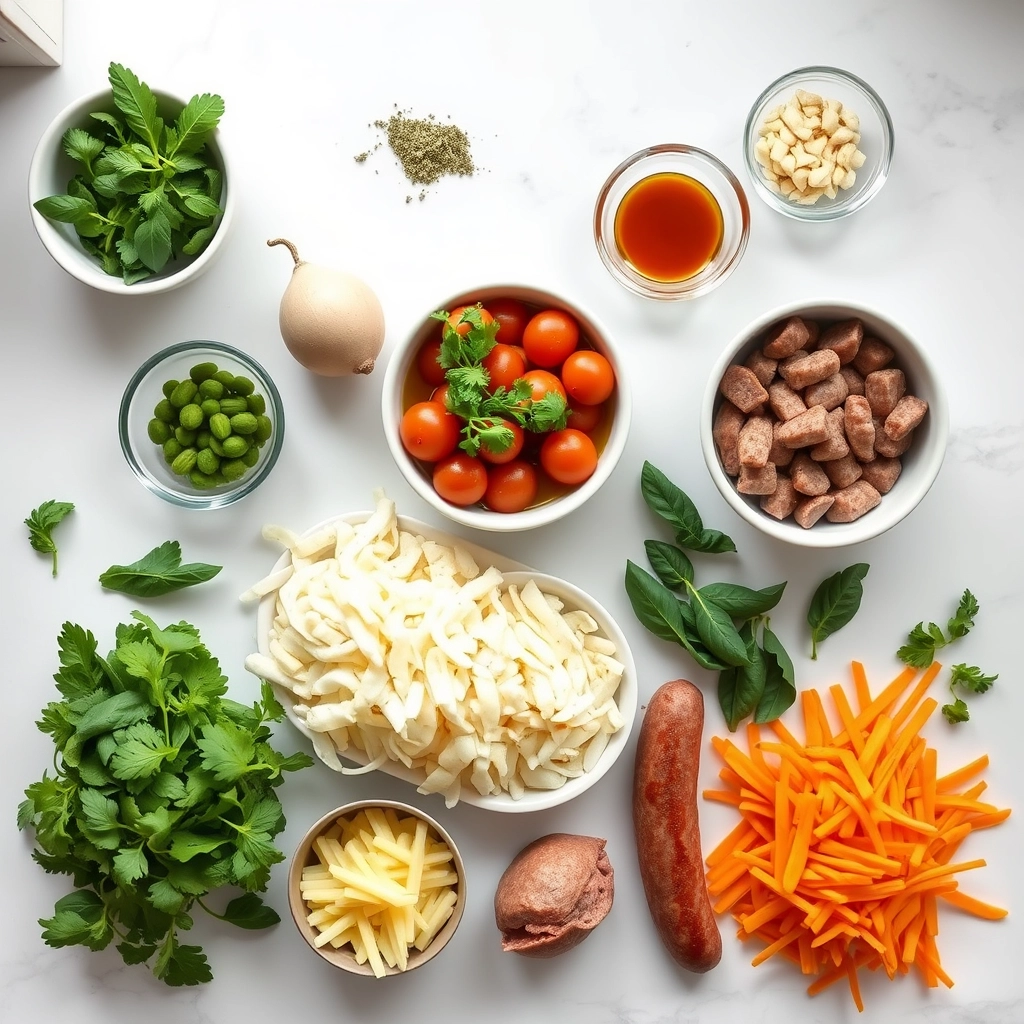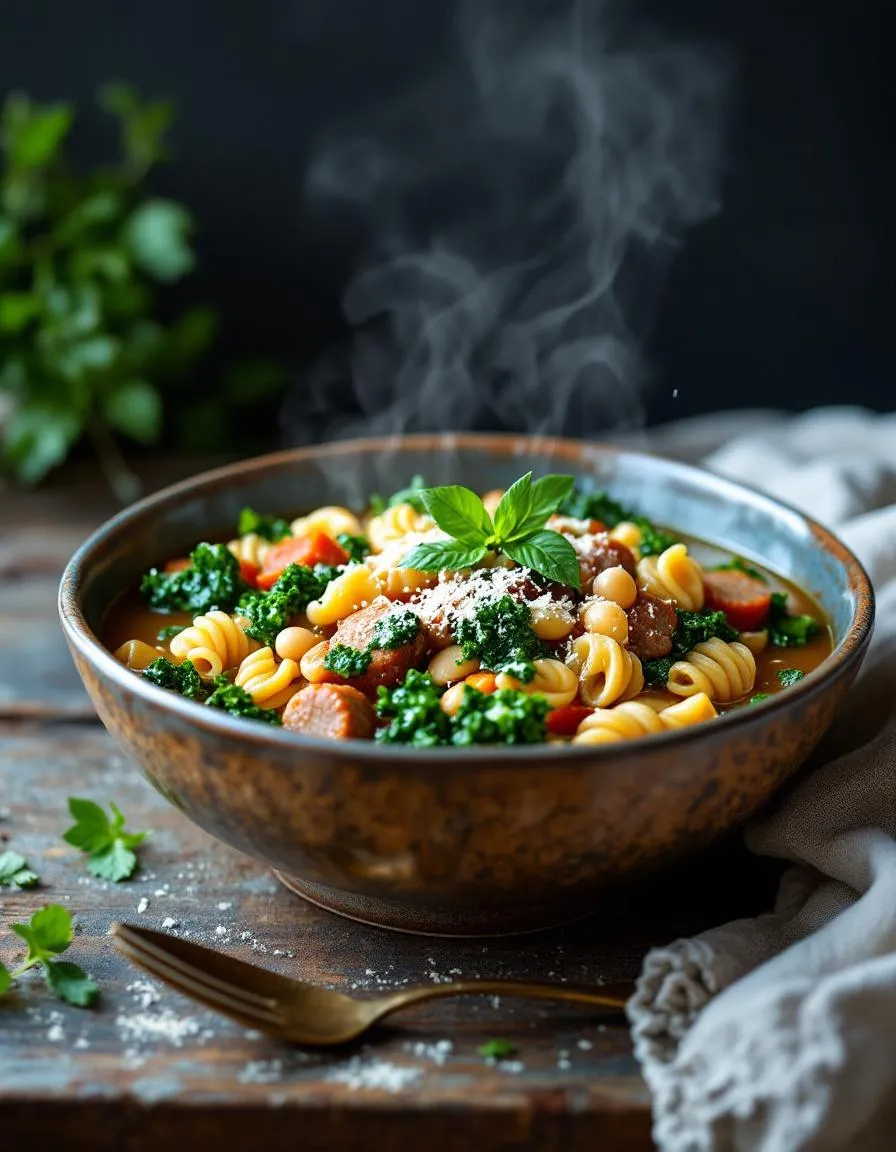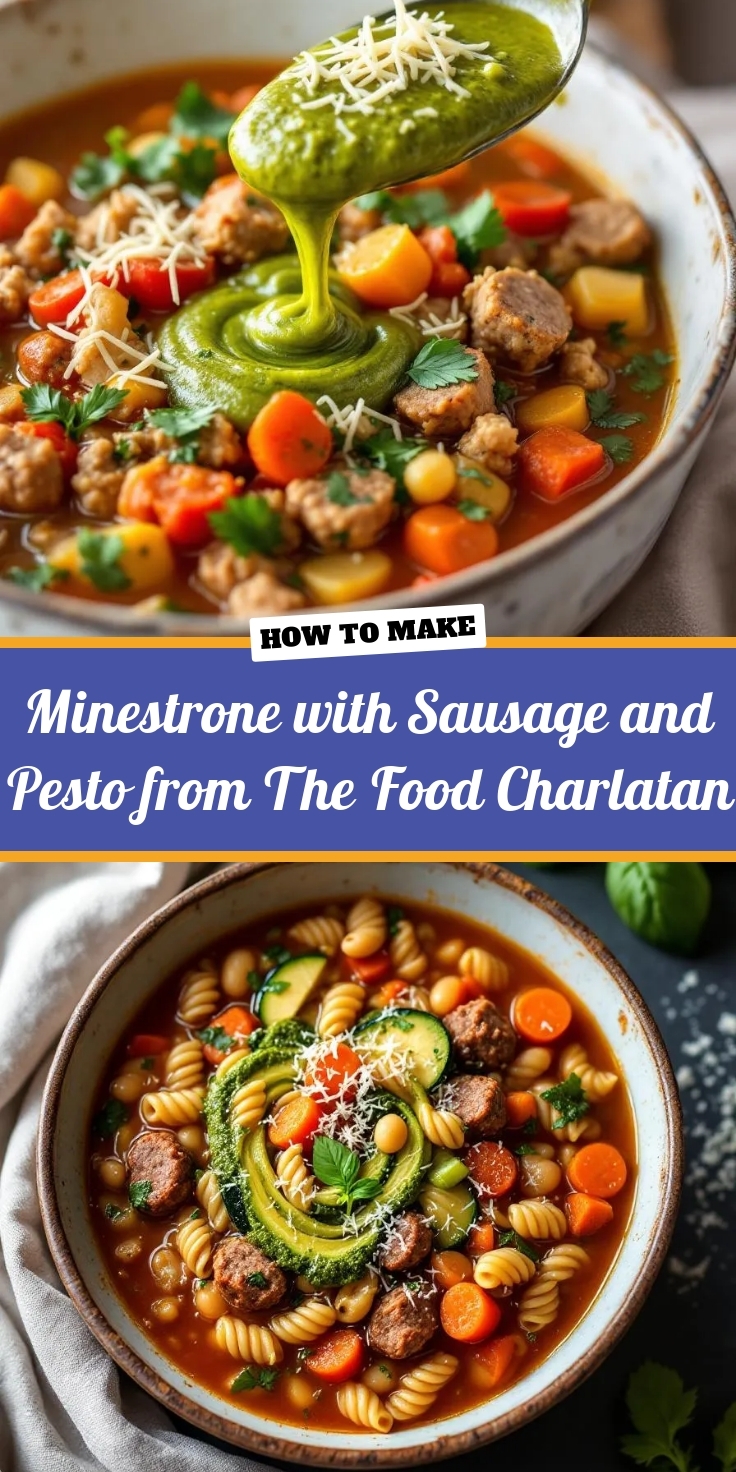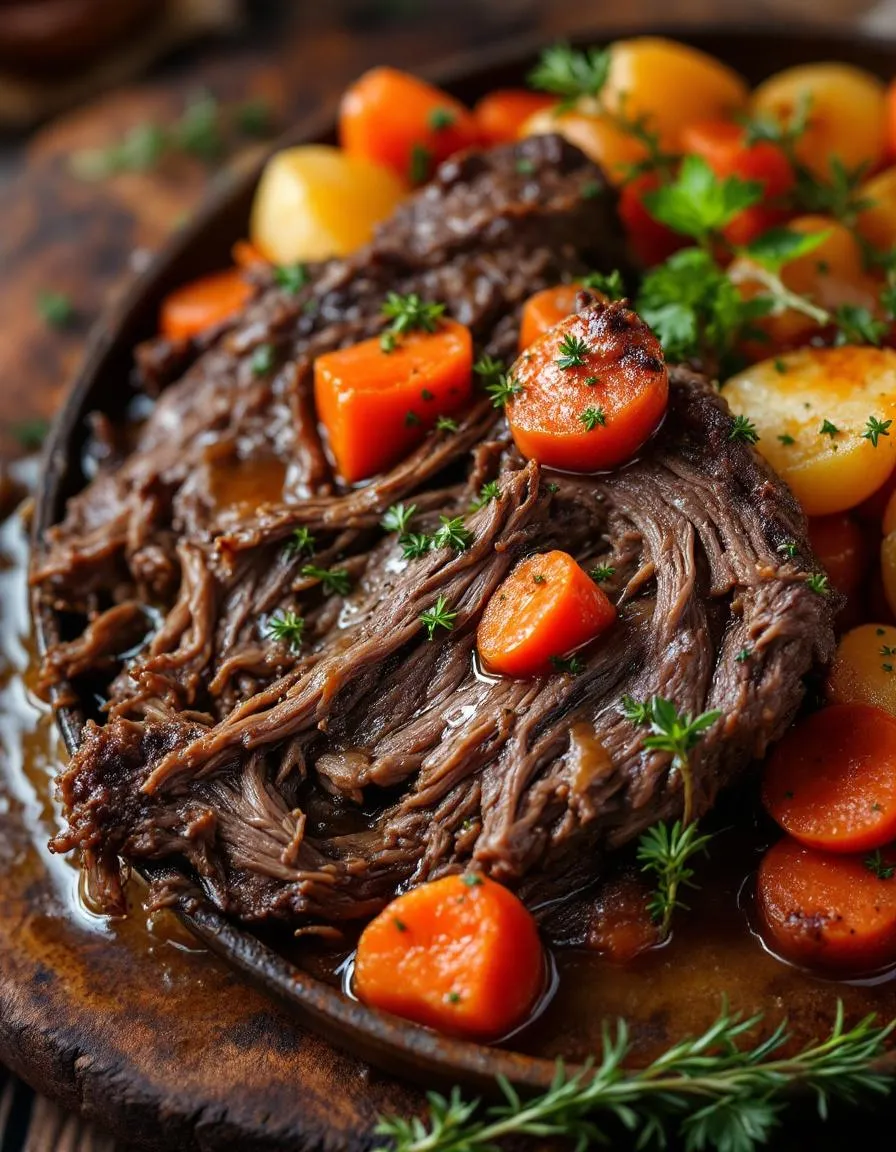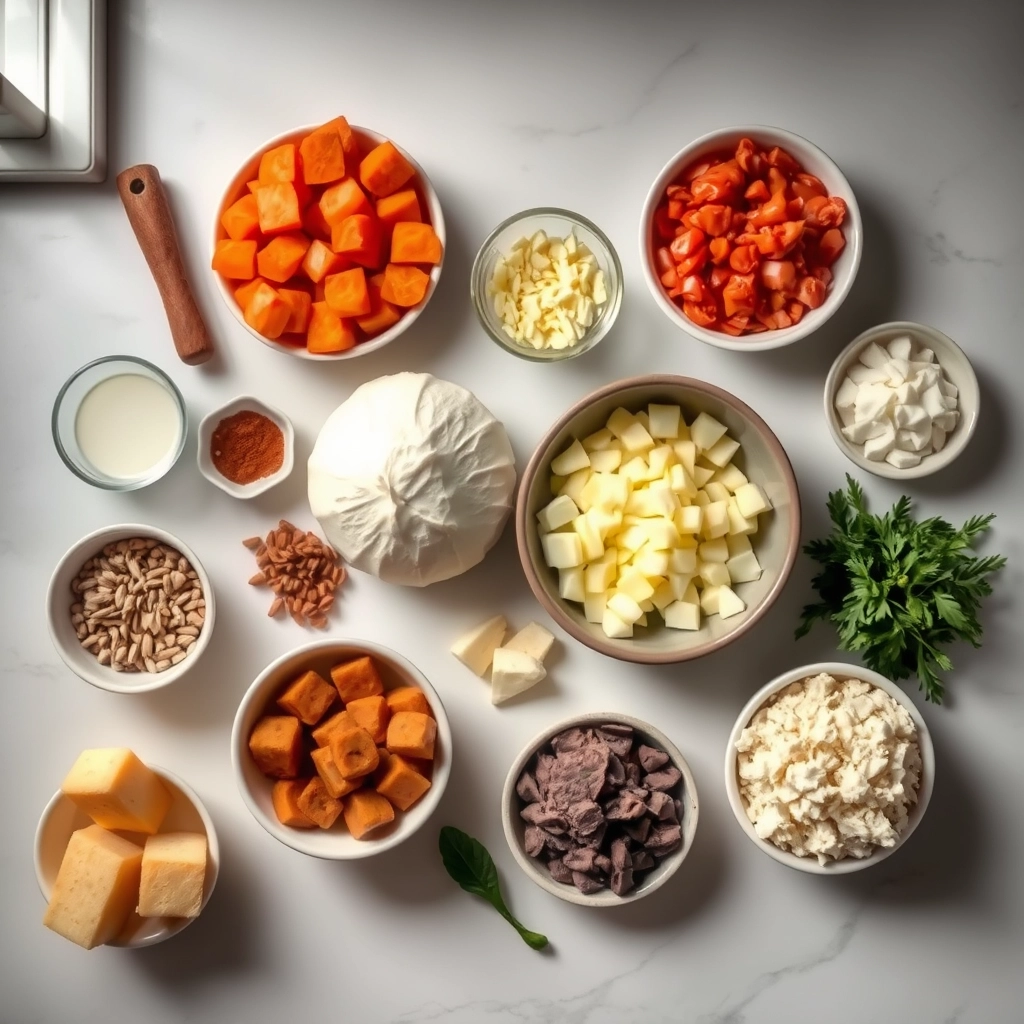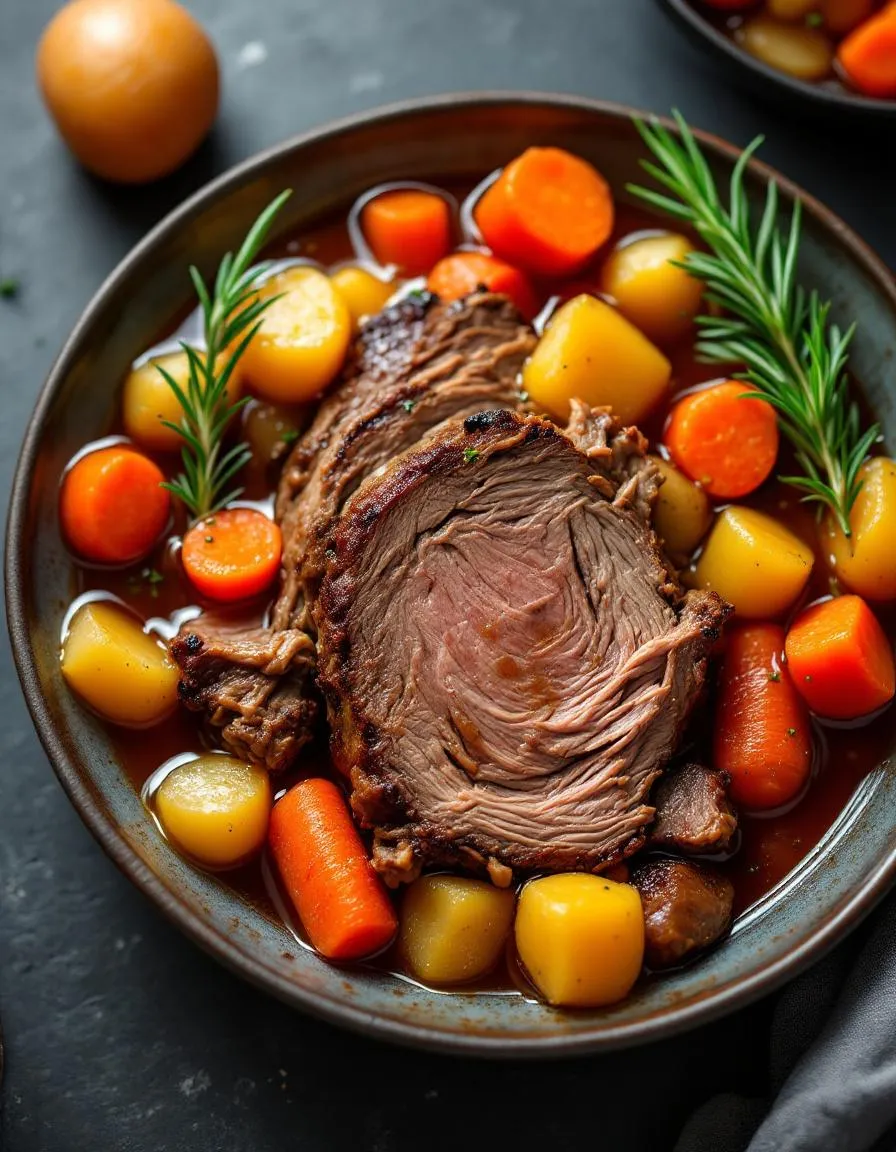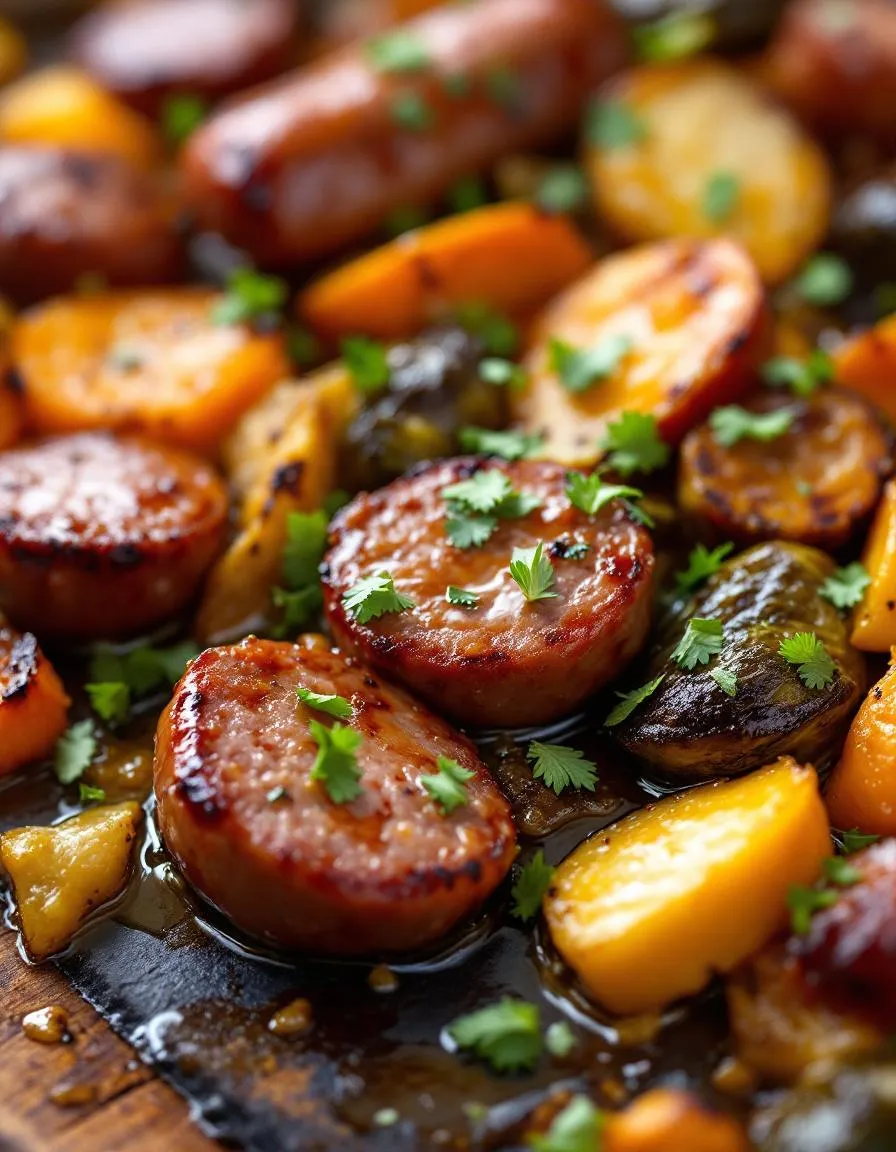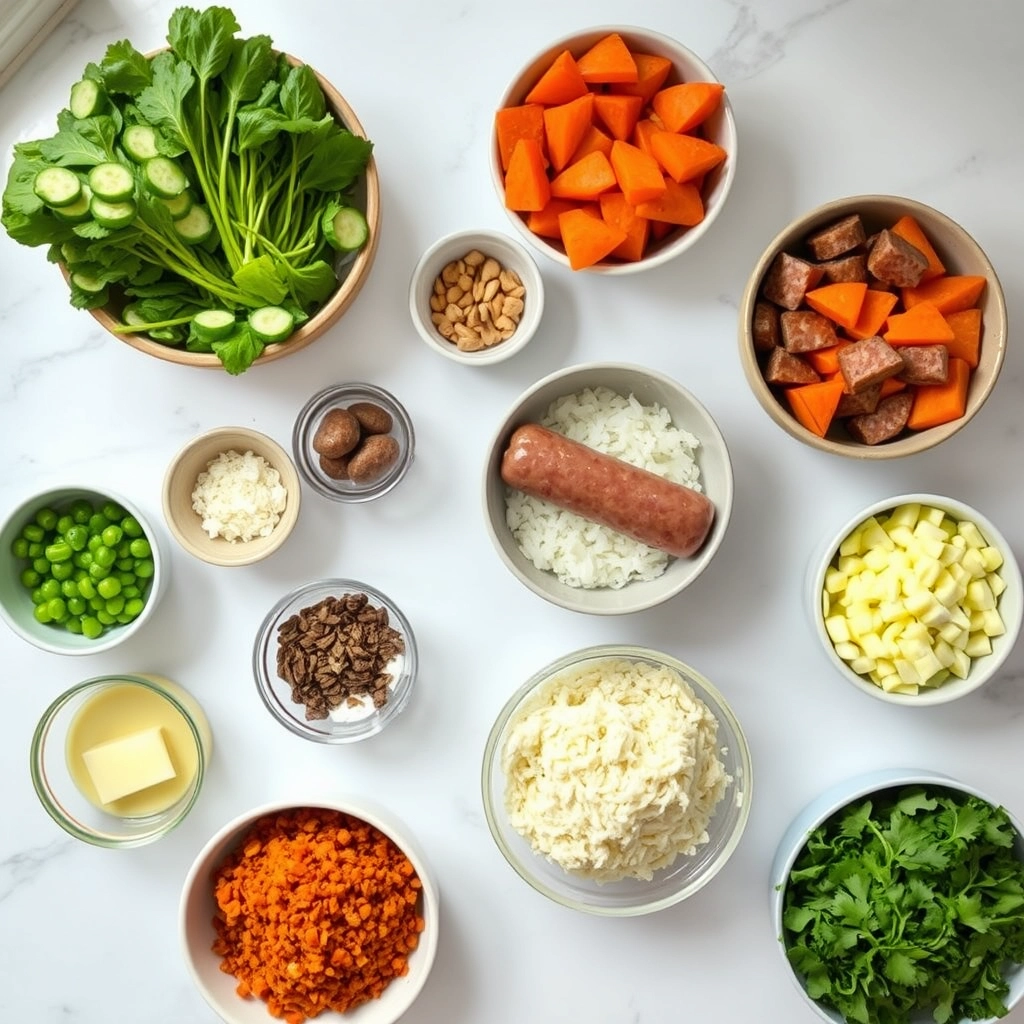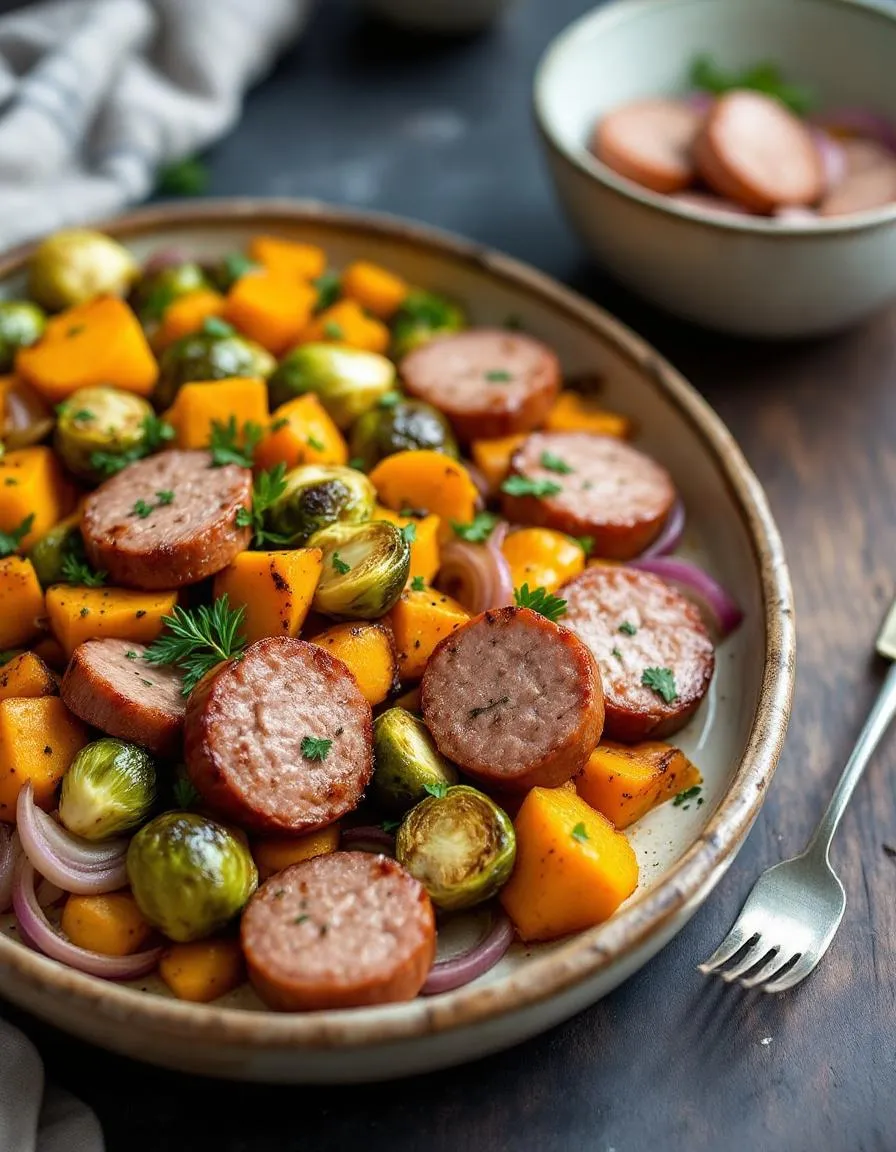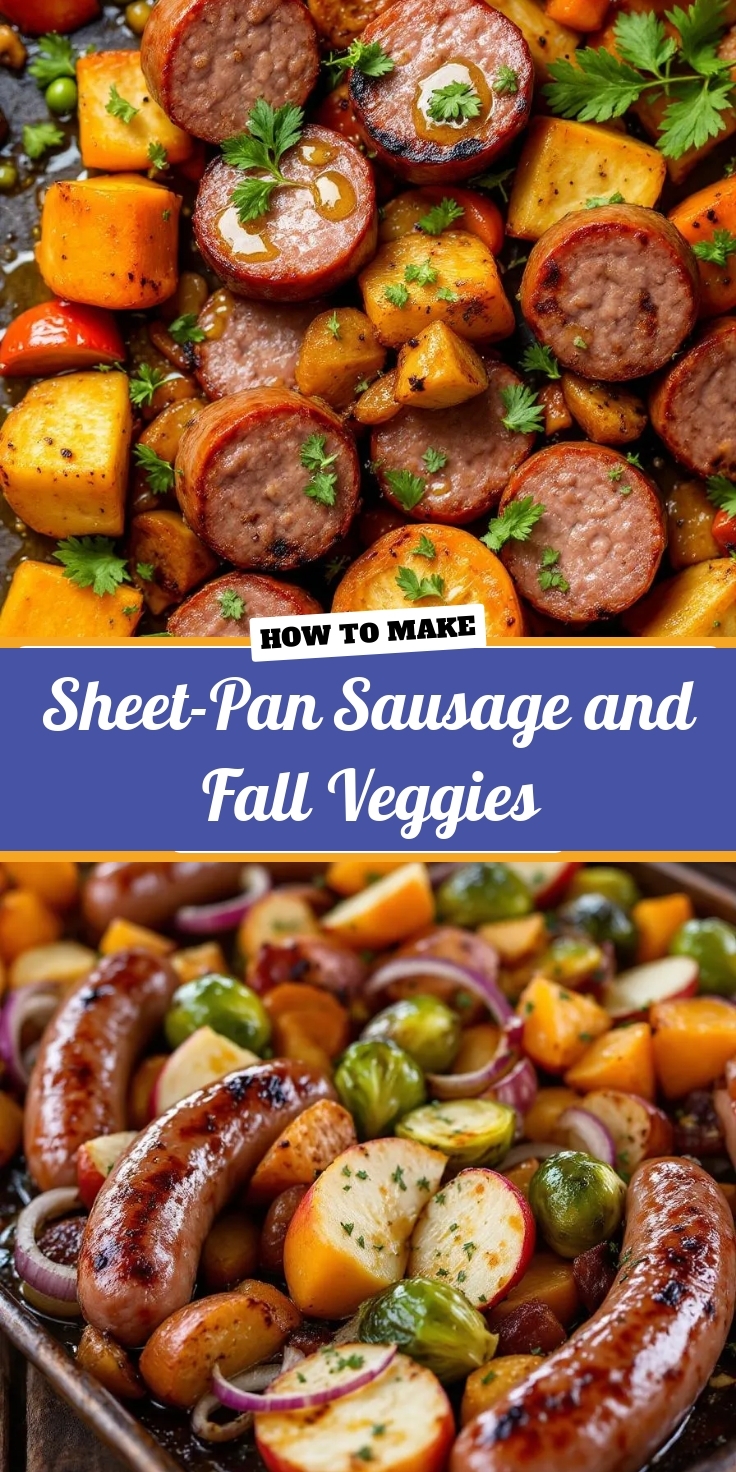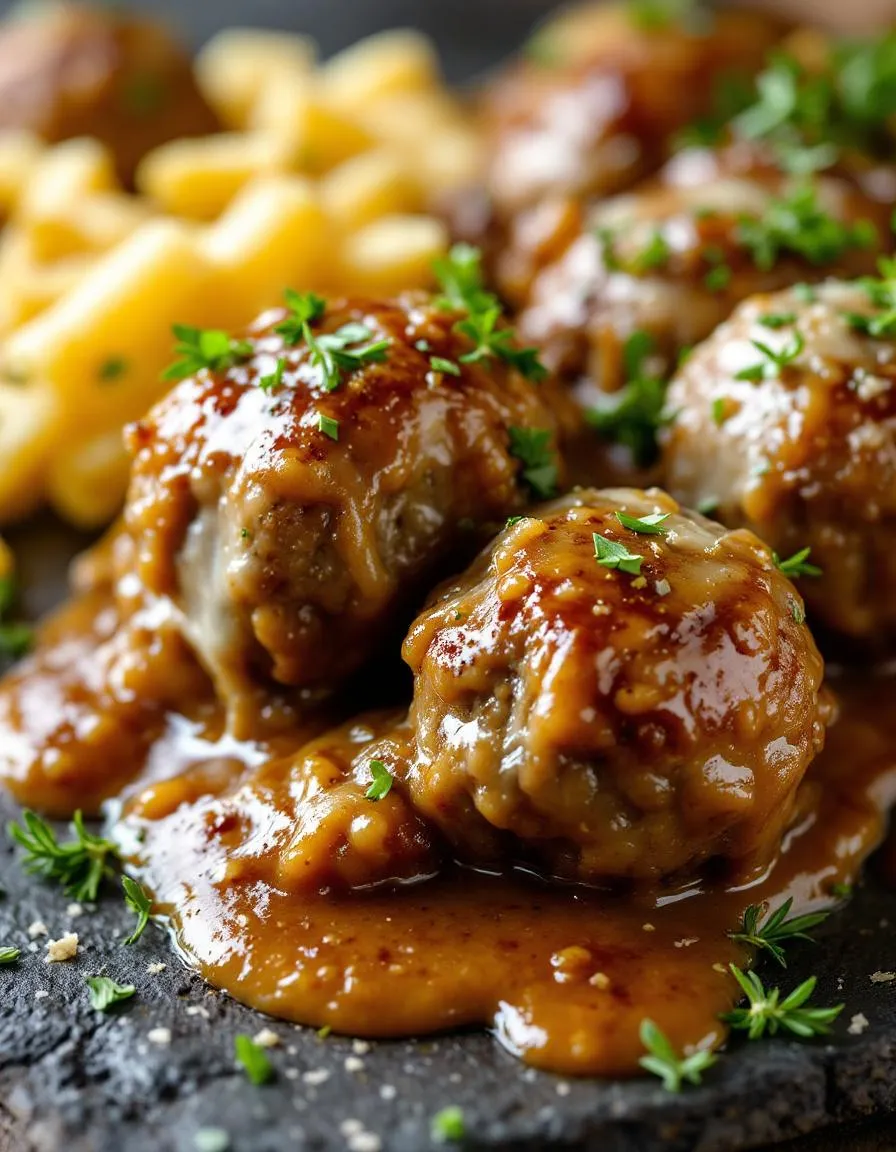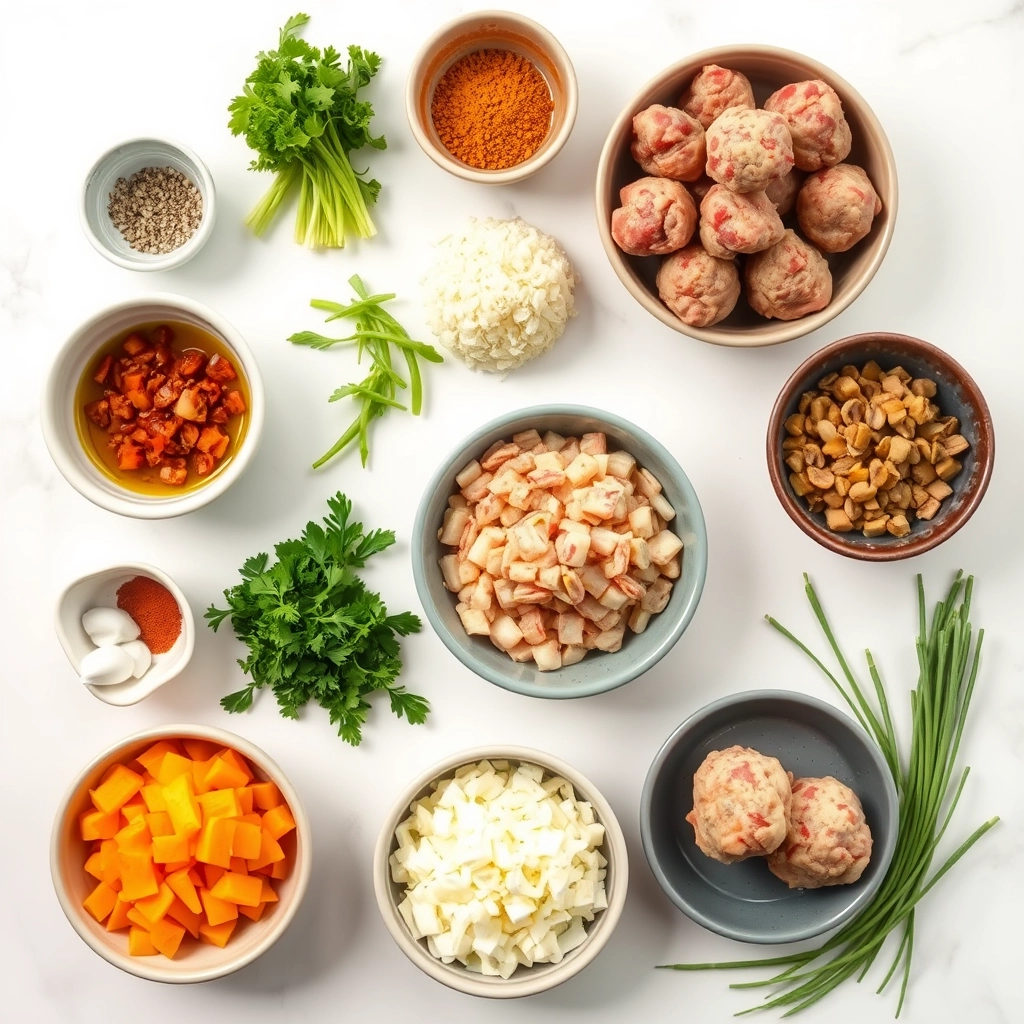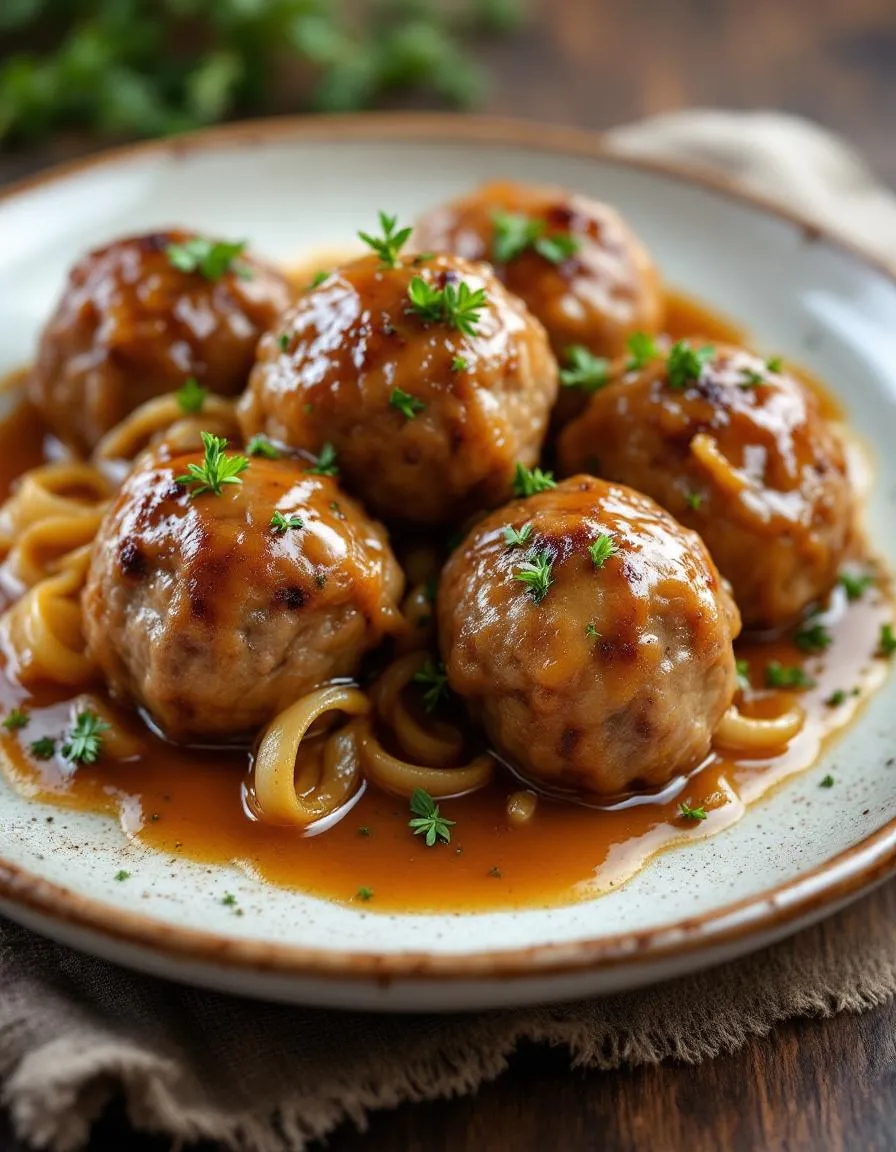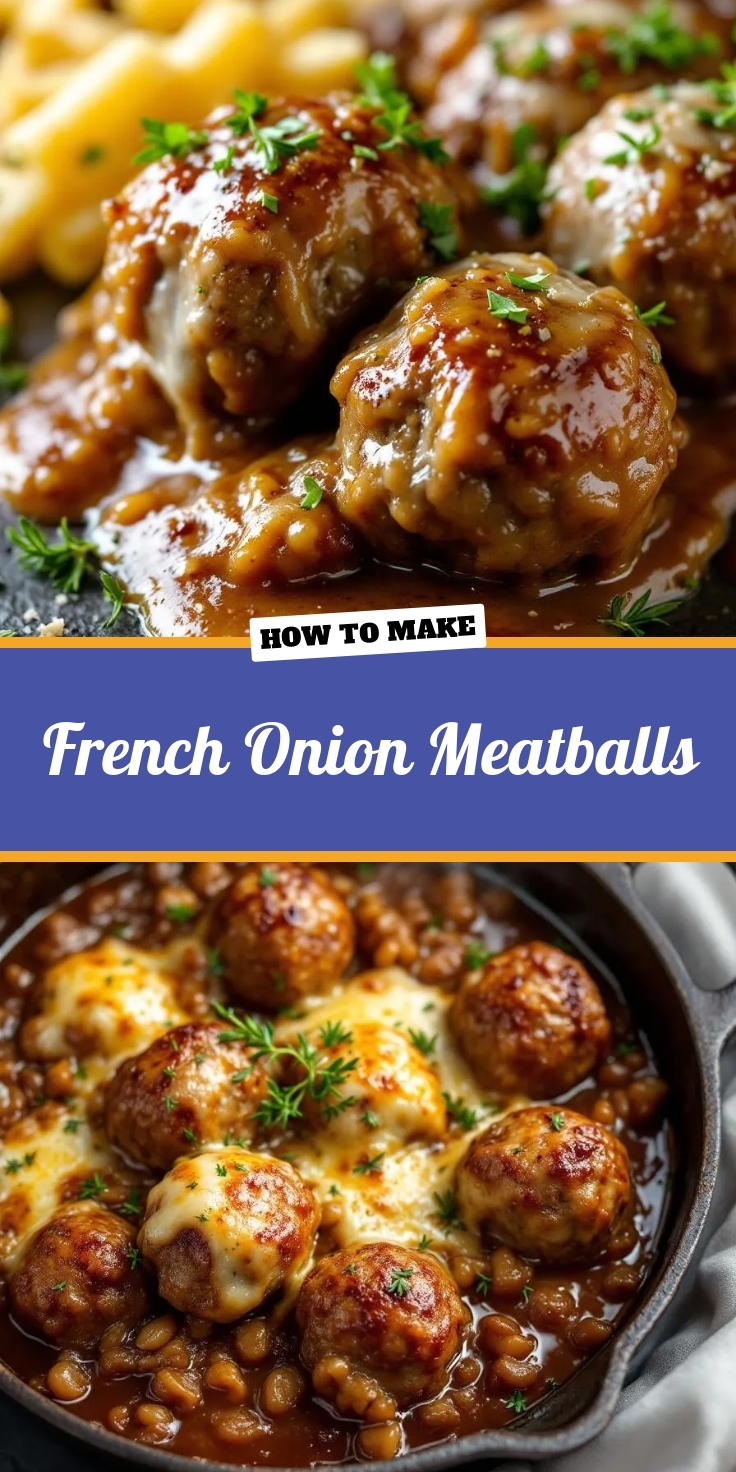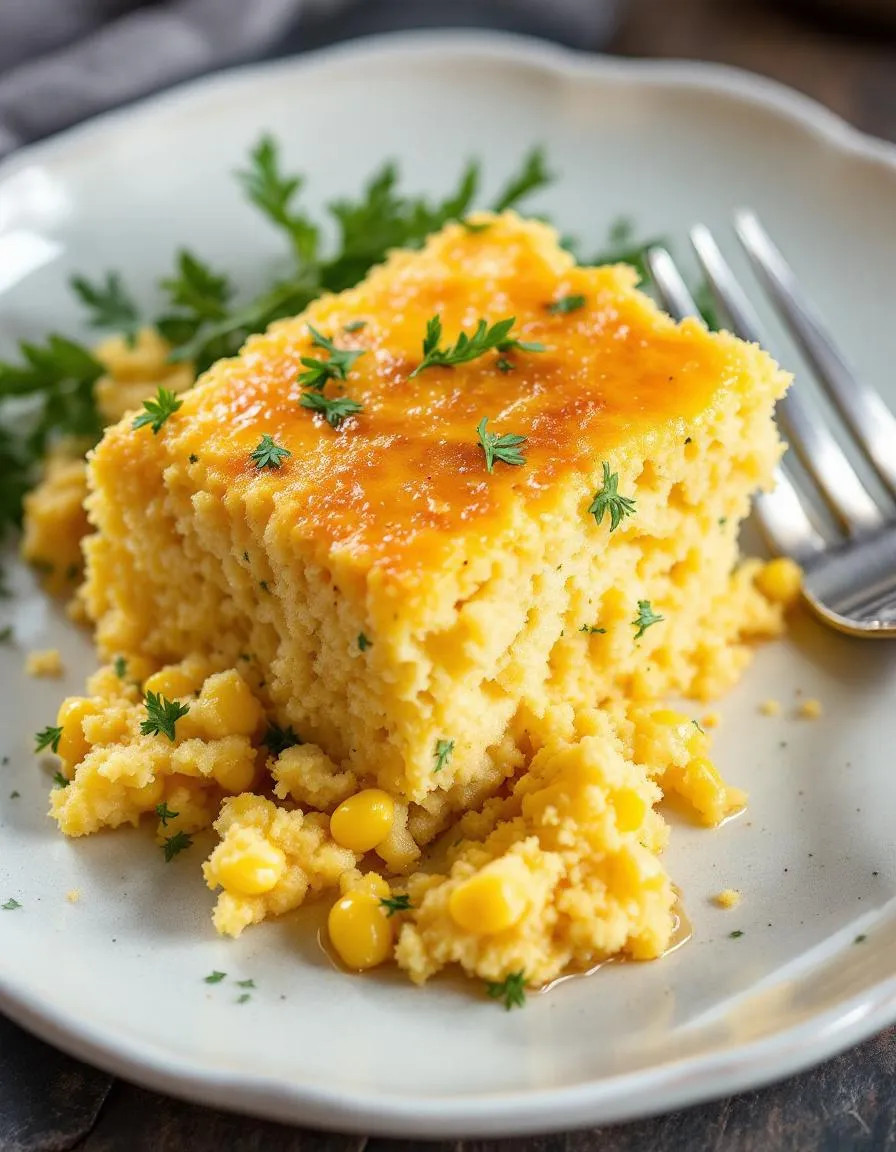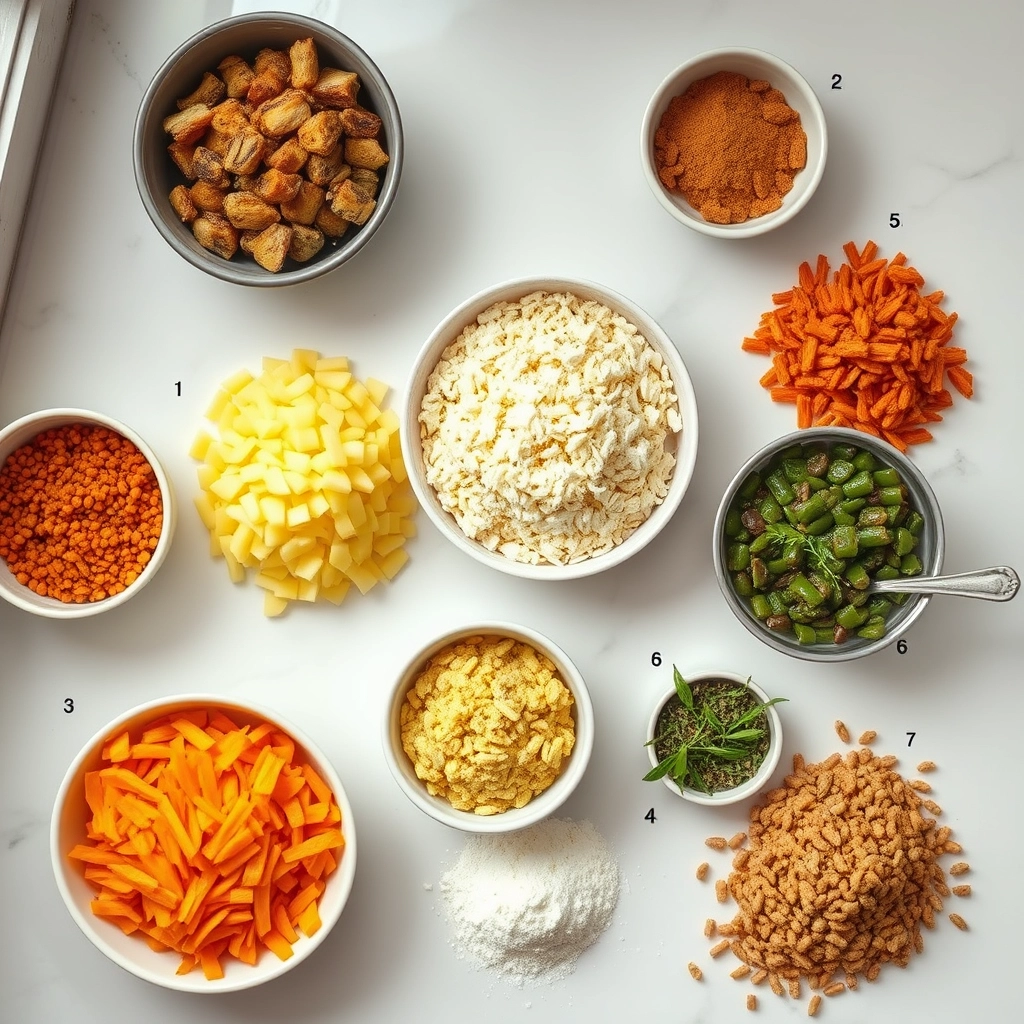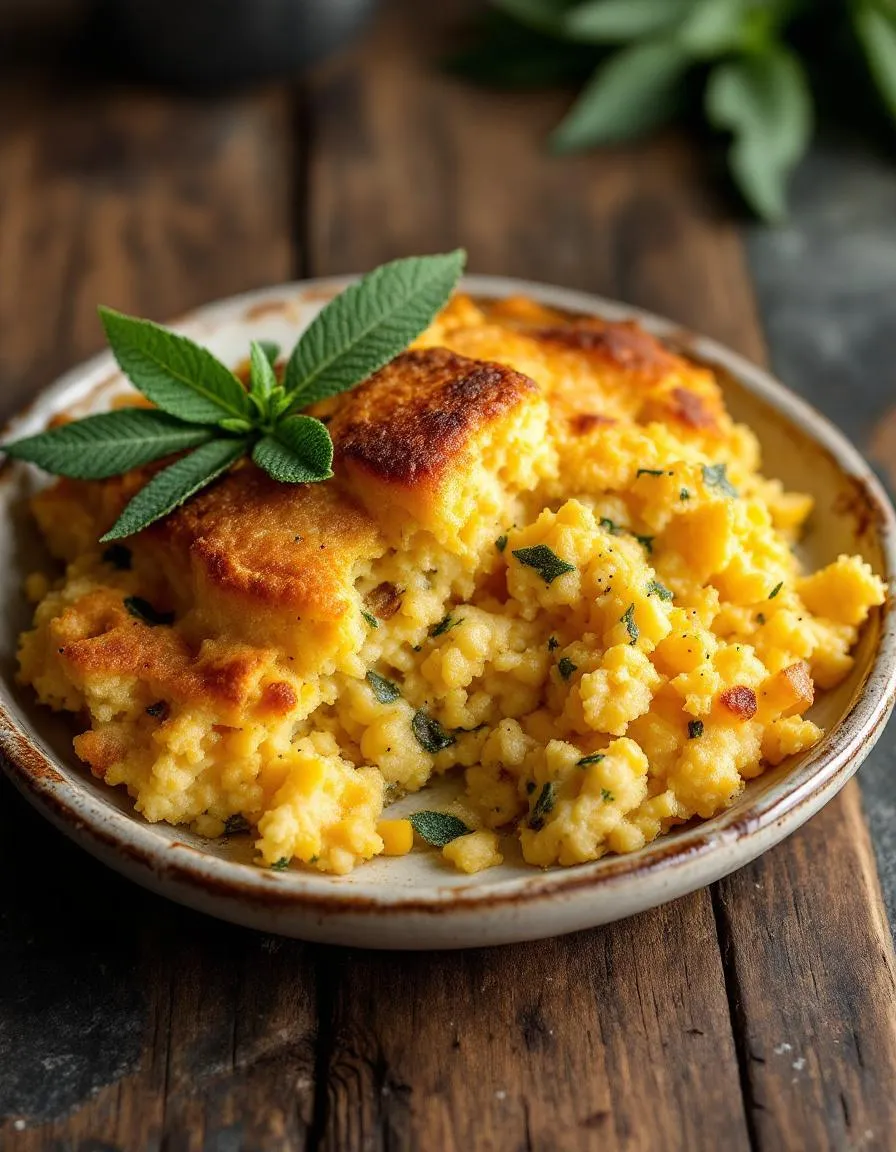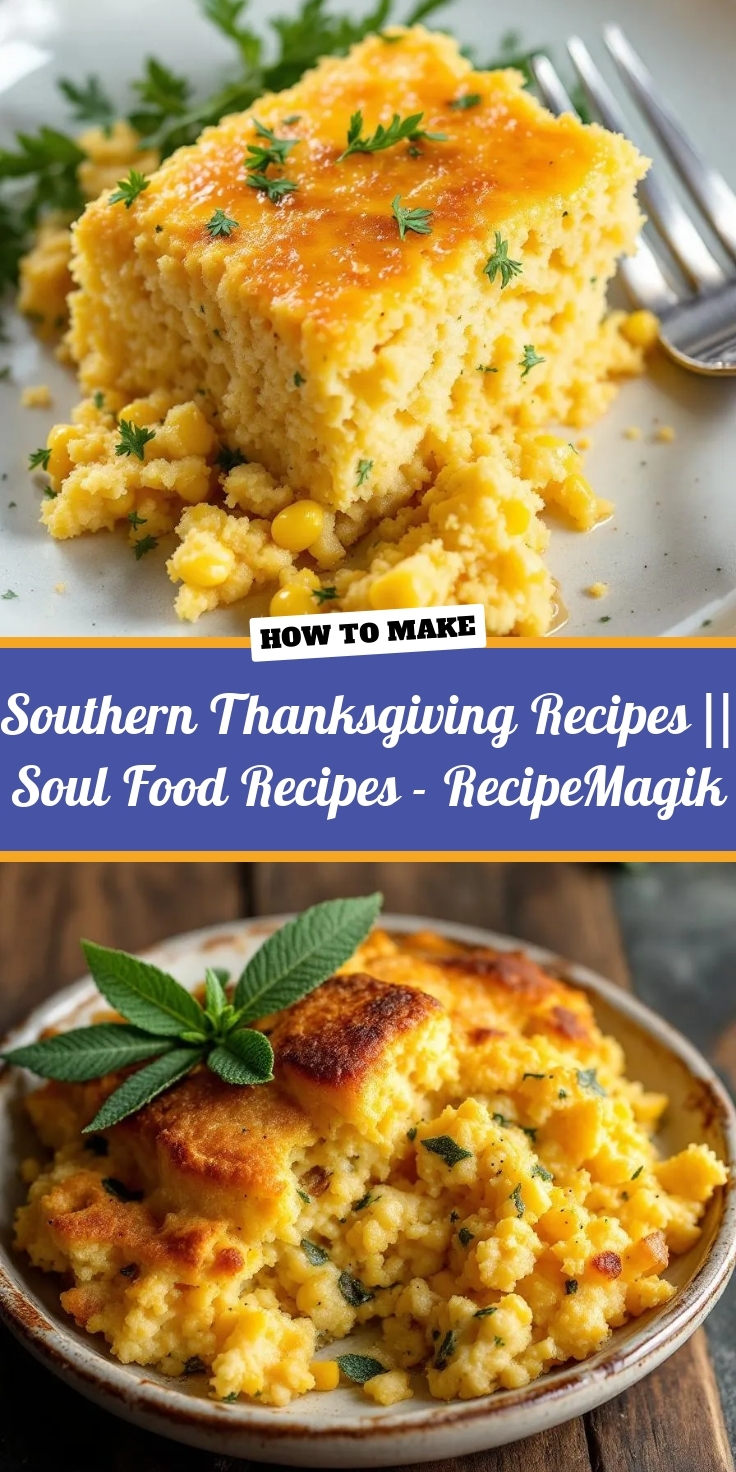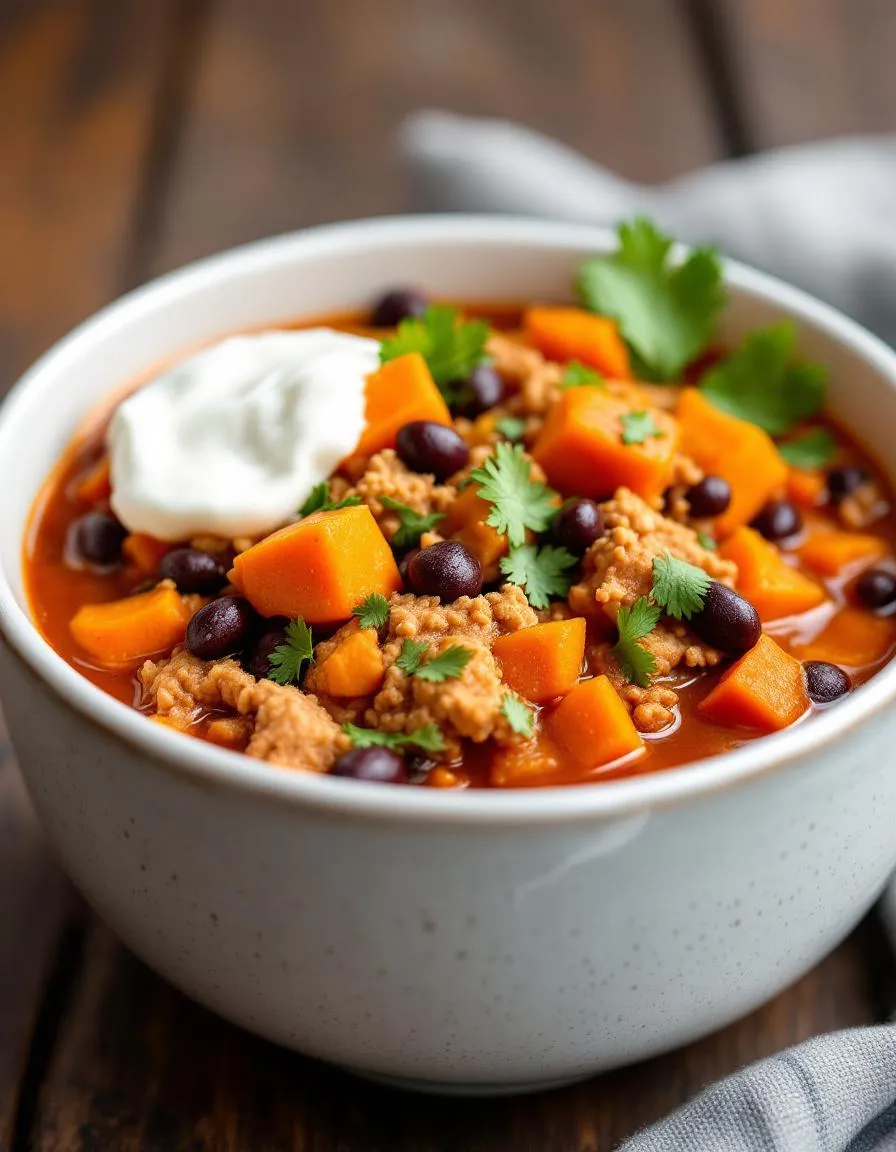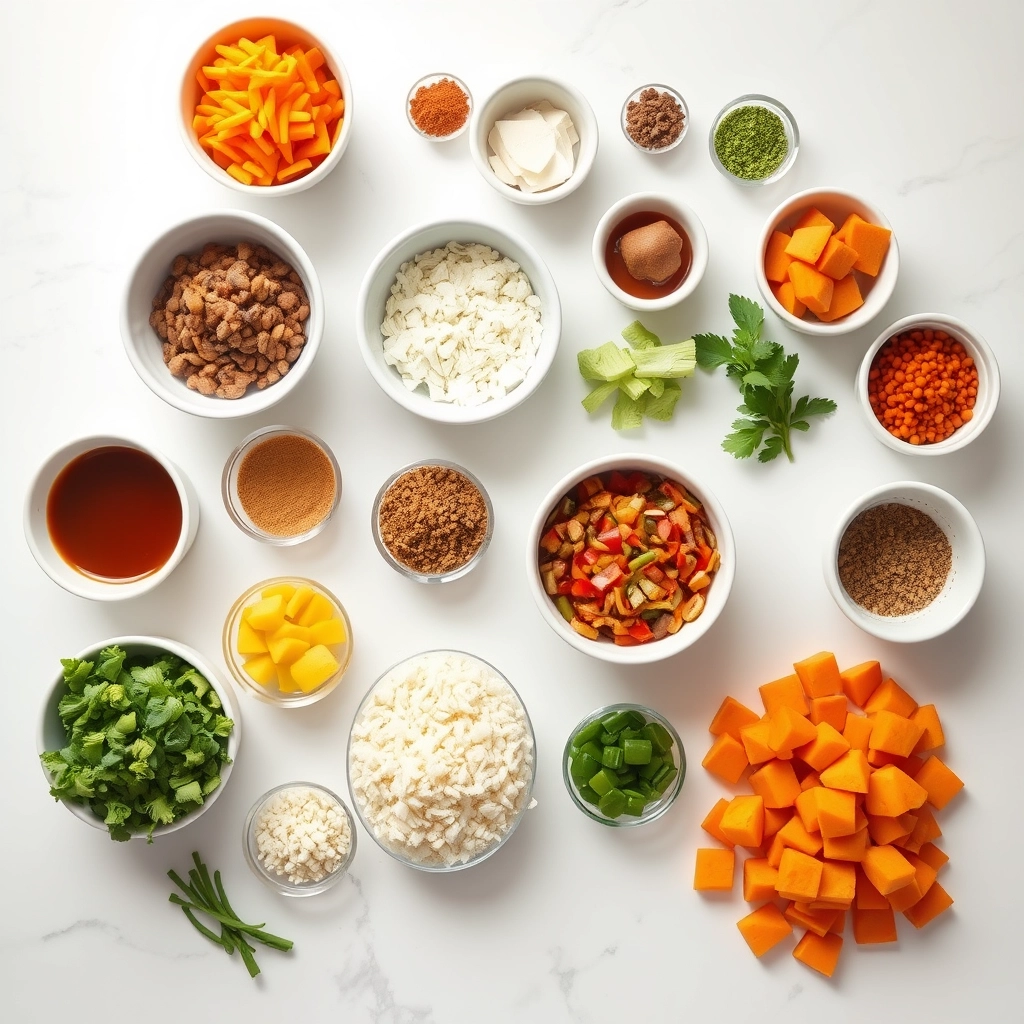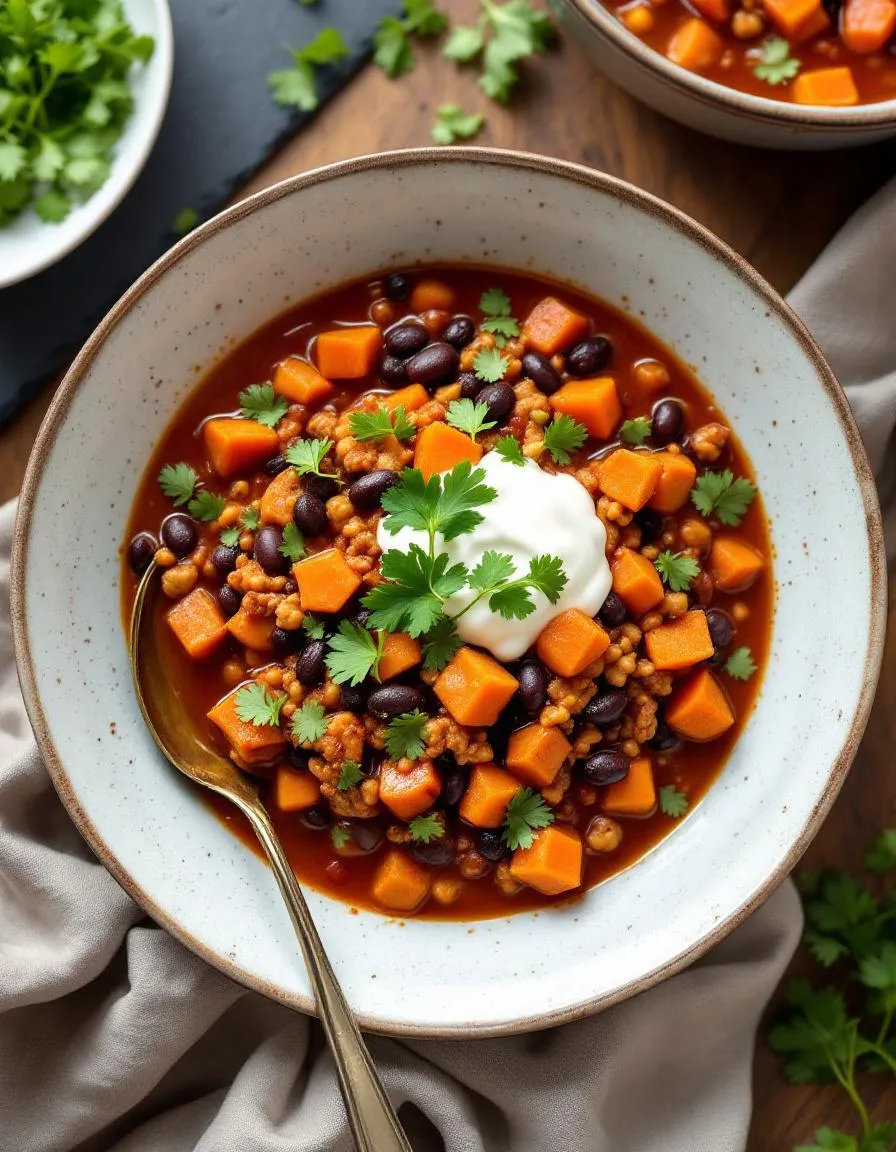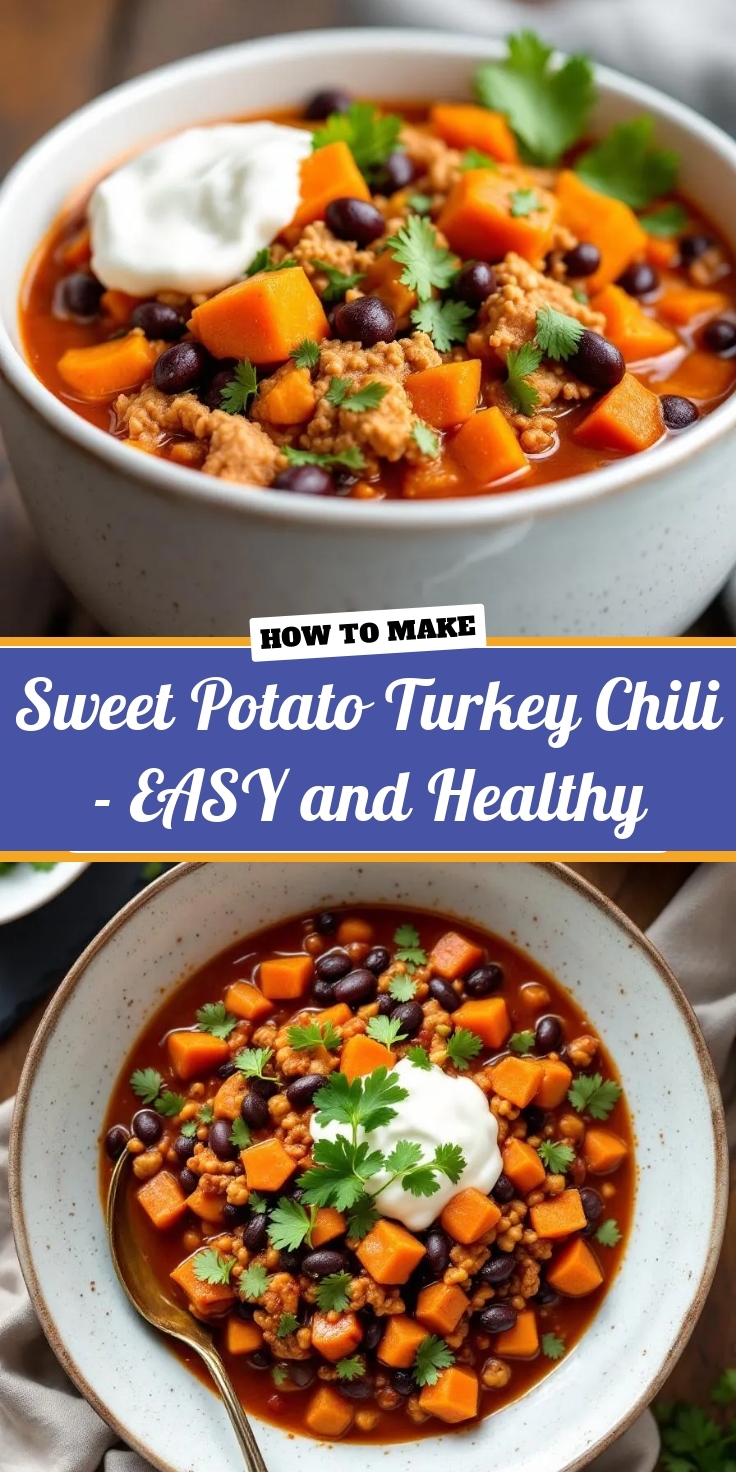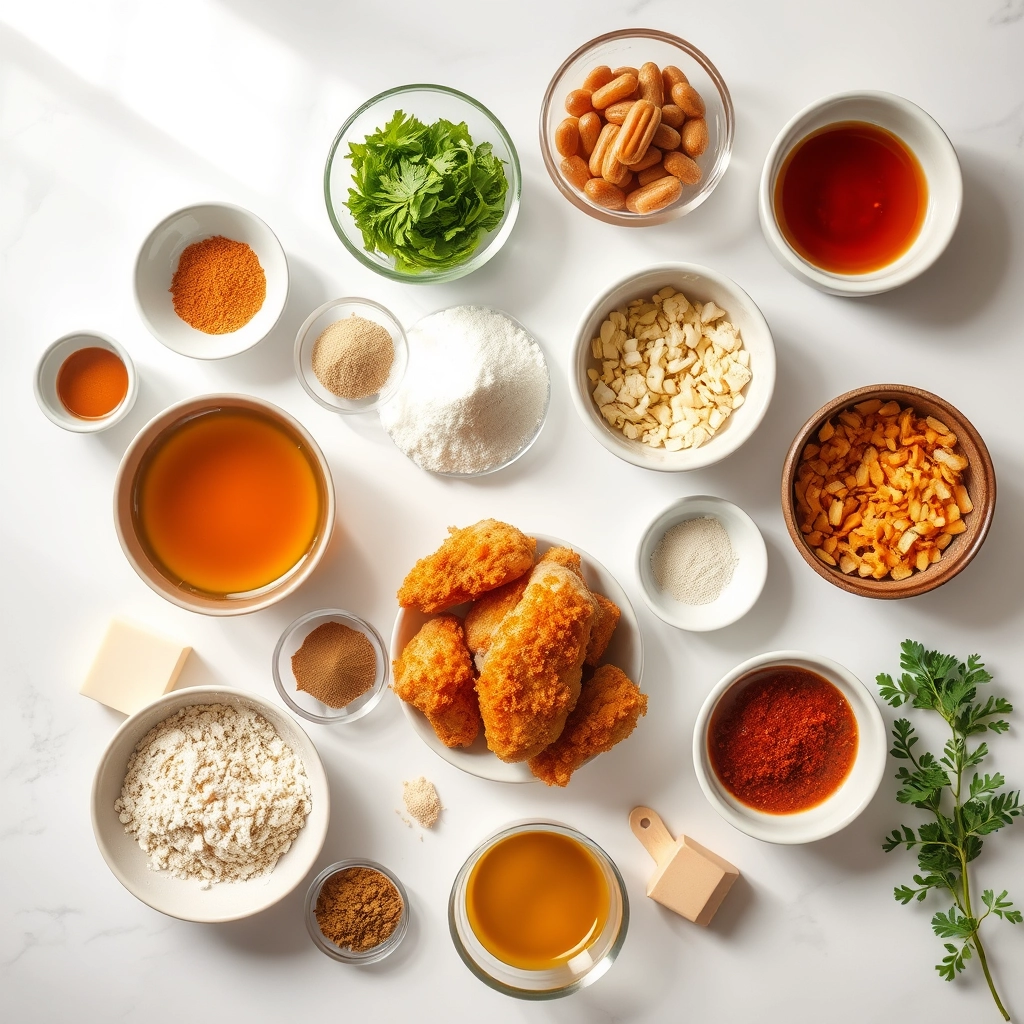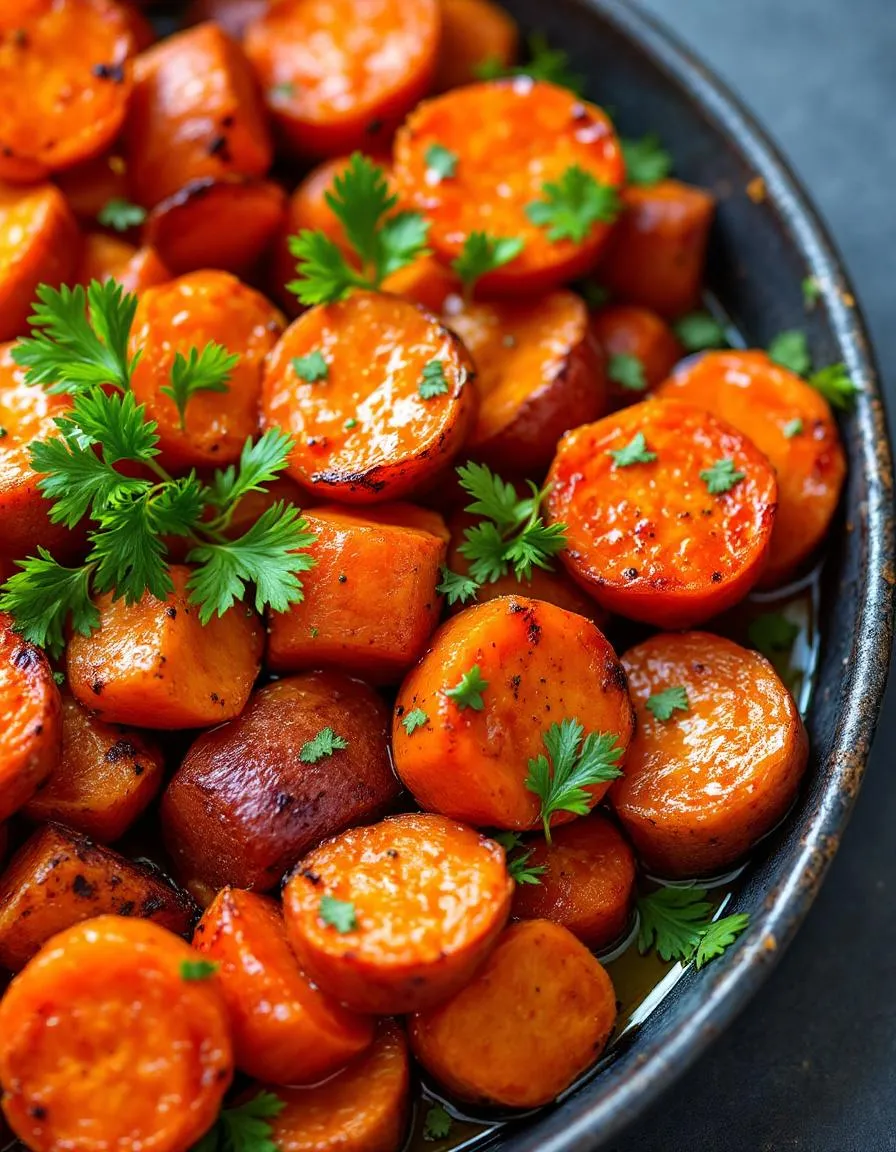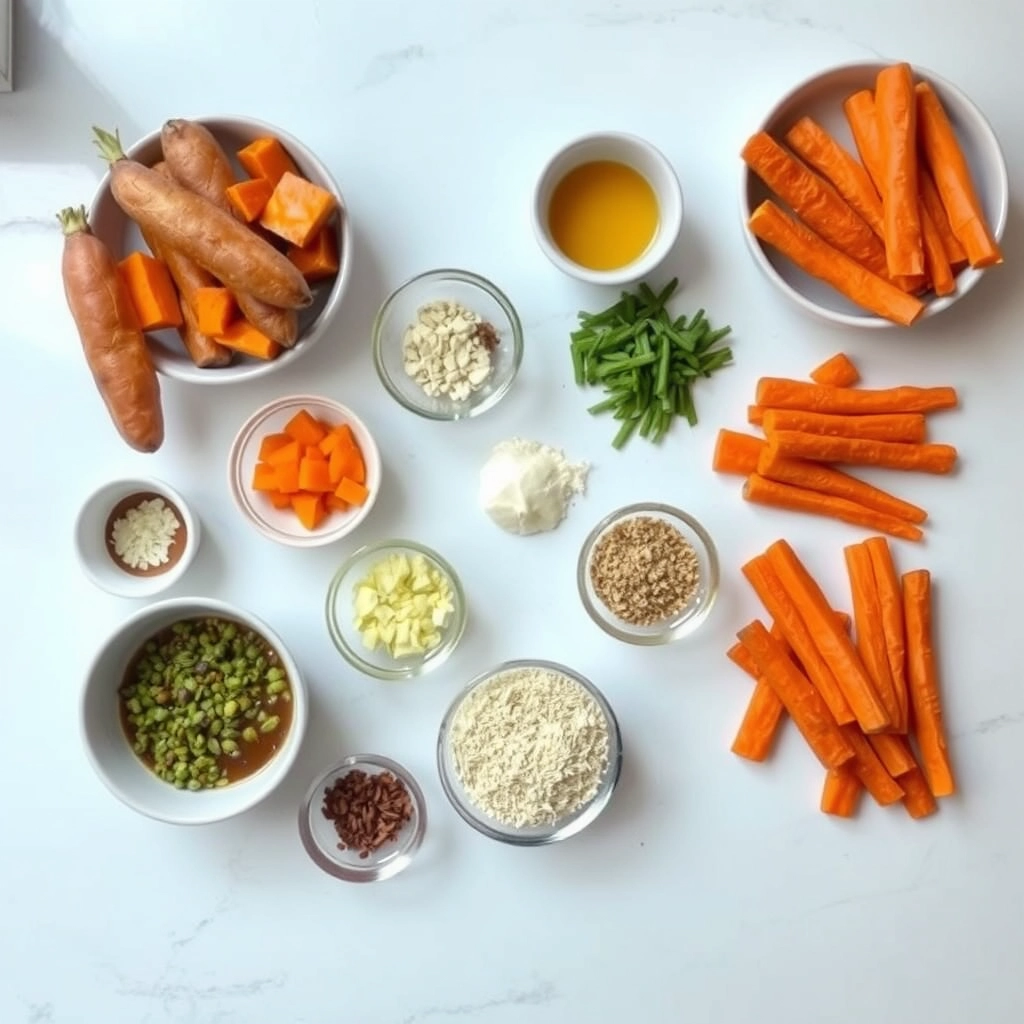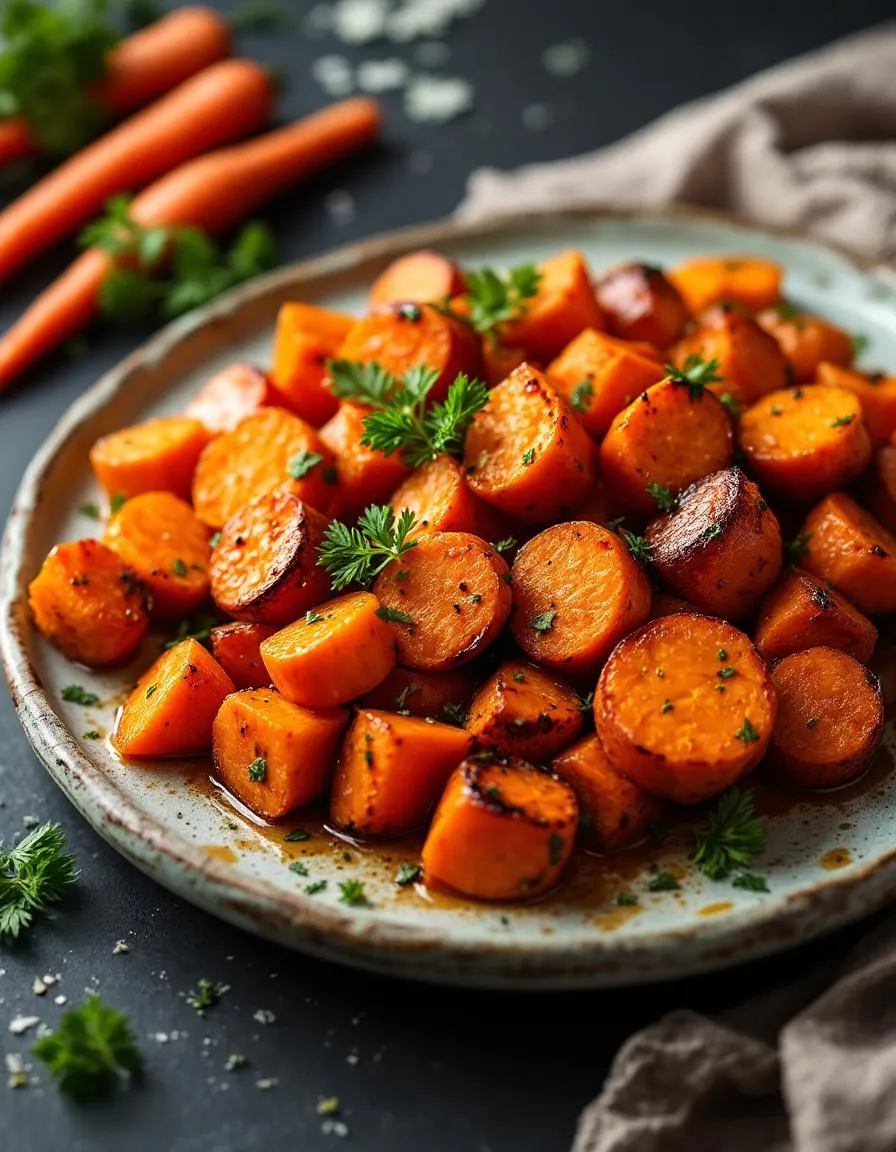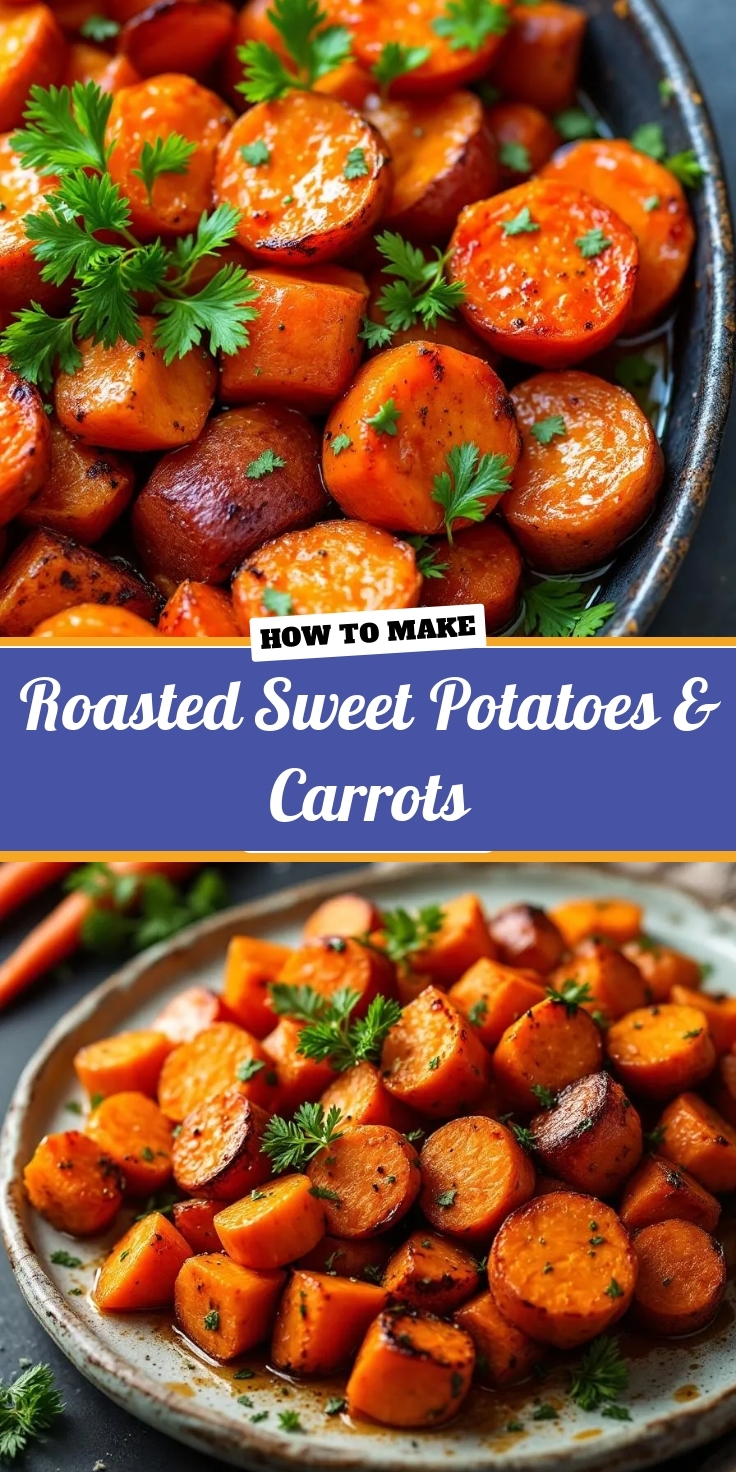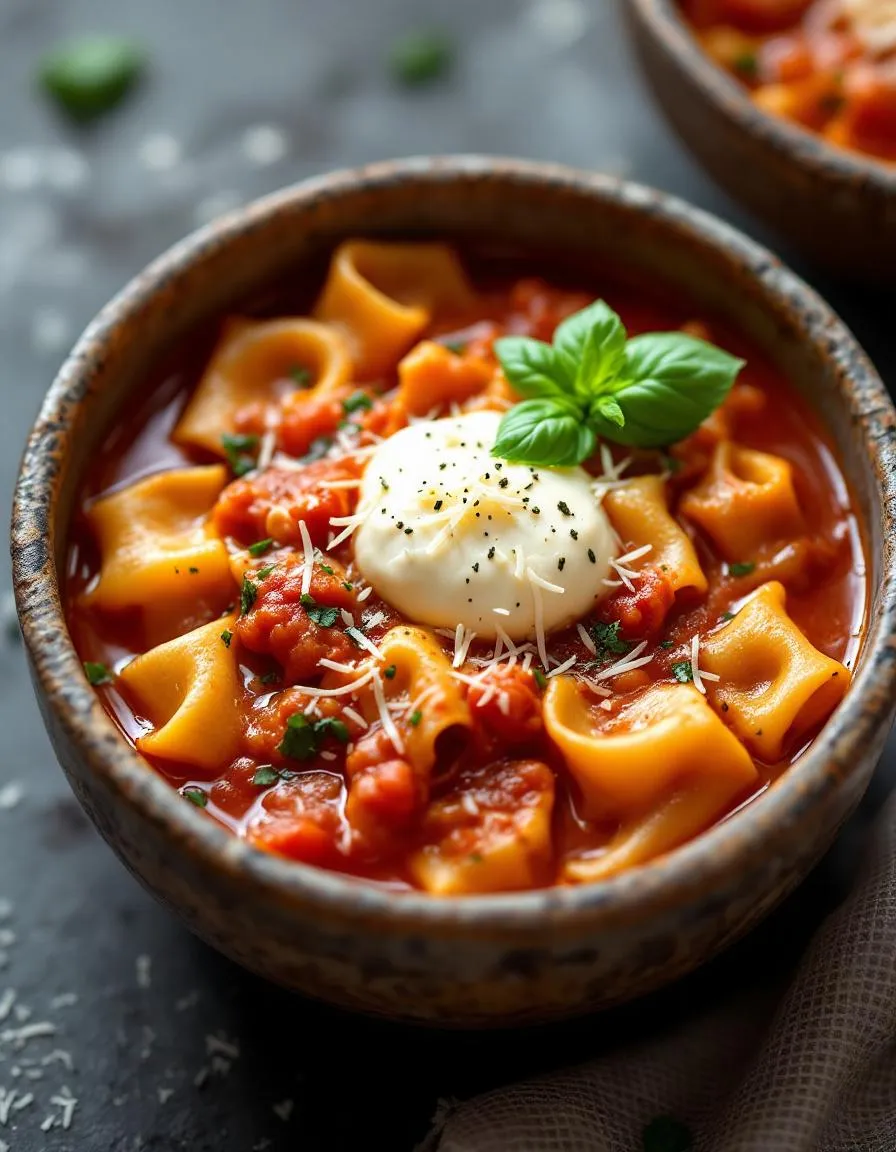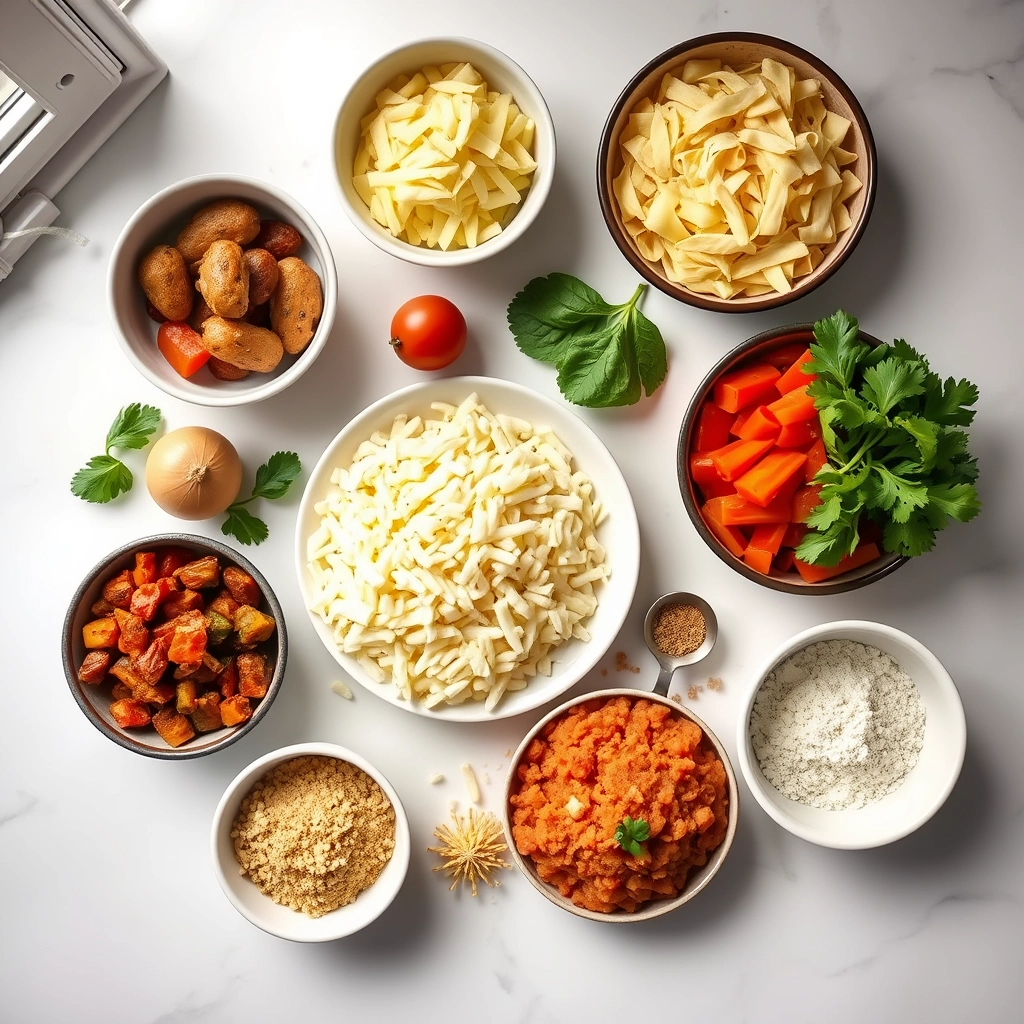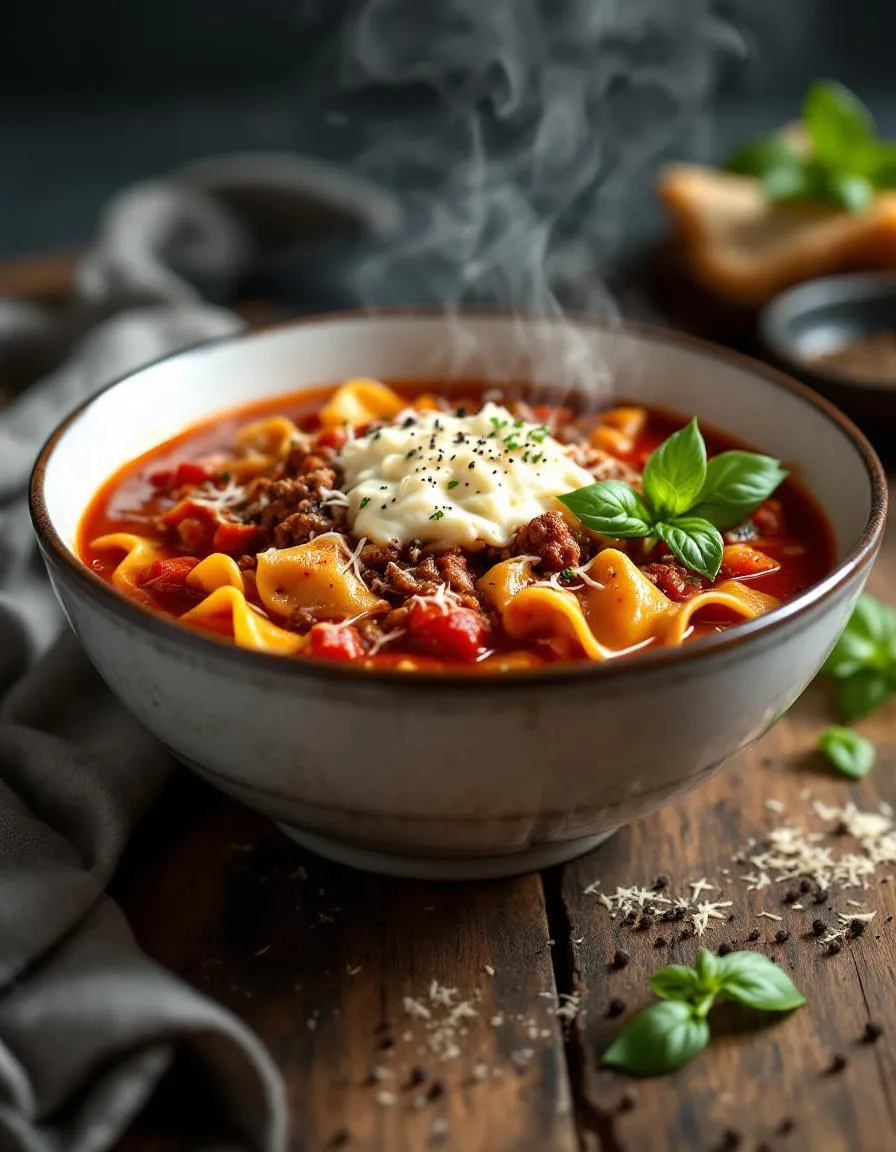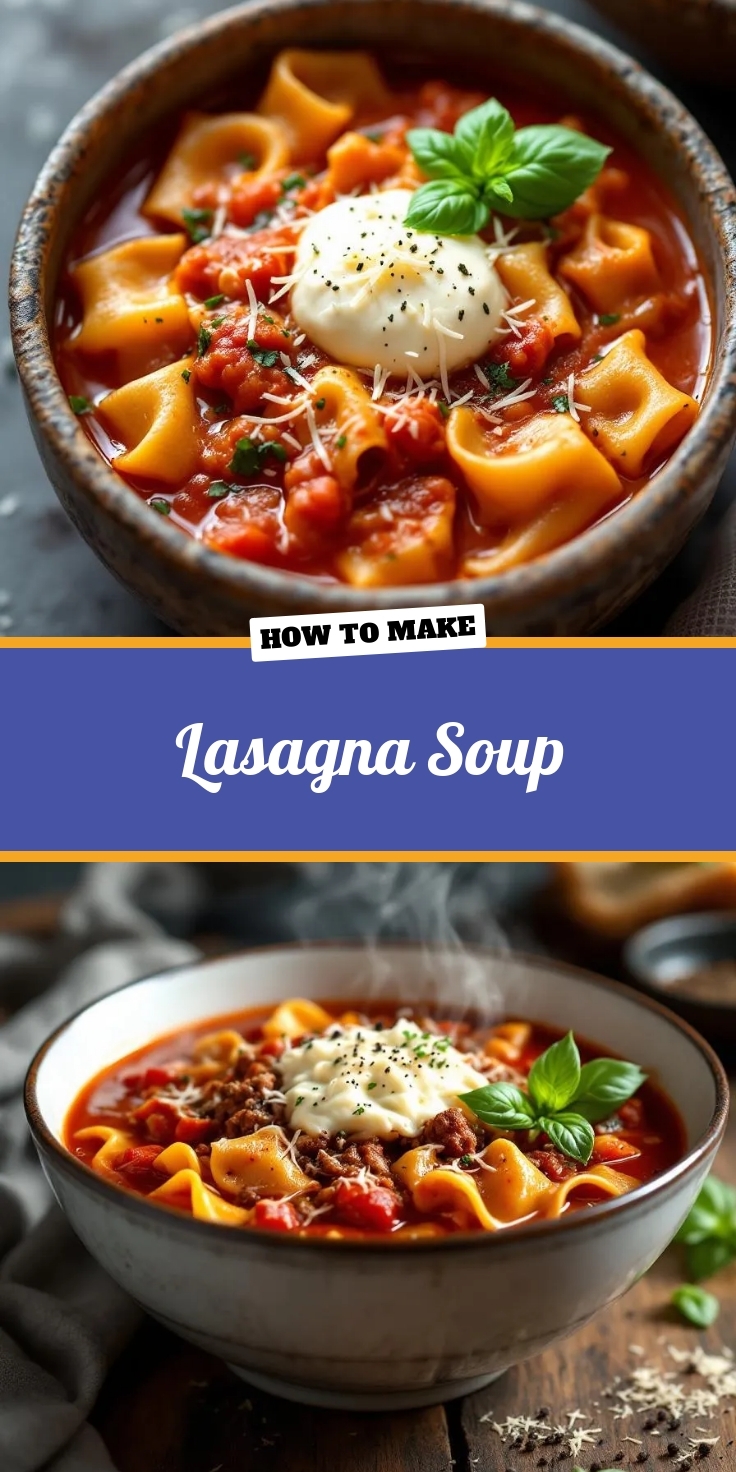As the air turns crisp and the leaves begin their fiery transformation, we all crave meals that truly capture the soul of the season. We want something that feels both nourishing and deeply satisfying, a celebration of autumn’s bounty on a single plate. That is exactly the experience these Harvest Bowls with Fig Balsamic Vinaigrette deliver. This recipe wraps you in a warm, comforting embrace, combining sweet, savory, and tangy flavors that dance together perfectly. Ultimately, it is the kind of wholesome, vibrant dish that makes you feel good from the inside out, proving that healthy eating never has to sacrifice an ounce of flavor.
About This Recipe
Harvest Bowls with Fig Balsamic Vinaigrette are a quintessential autumn meal, featuring a hearty base of grains and roasted vegetables topped with a uniquely delicious homemade dressing. This dish primarily celebrates the best of fall produce. For example, we roast sweet potatoes and Brussels sprouts until they are caramelized and tender. Then, we add protein-packed chickpeas, fluffy quinoa, creamy goat cheese, and crunchy pecans for a perfect textural contrast. However, the true star of the show is undoubtedly the fig balsamic vinaigrette. This dressing masterfully blends the deep, jammy sweetness of fig preserves with the sharp tang of balsamic vinegar, creating a flavor profile that elevates every single component in the bowl.
This recipe matters because it perfectly aligns with a desire for meals that are both nutritious and incredibly satisfying. Furthermore, it is naturally gluten-free and easily adaptable for vegans, making it a fantastic option for various dietary needs. A great Harvest Bowl with Fig Balsamic Vinaigrette strikes a beautiful balance between earthy, sweet, savory, and tangy notes in every single bite. Consequently, it fits our blog’s tone of approachable, everyday gourmet cooking perfectly. We always strive to create recipes that feel special yet are completely achievable for home cooks, just like our popular Vegan Blueberry Muffins. This bowl is a complete meal that is as beautiful to look at as it is delicious to eat, embodying the essence of thoughtful, seasonal cooking.
Moreover, preparing a meal like this allows you to practice the art of building flavors and textures, a fundamental skill in creating dishes that truly sing. Similarly, understanding how to craft a well-balanced dressing is a game-changer for any home chef, much like mastering the perfect crumb in a classic coffee cake. In fact, the principles of balancing sweet and tangy elements in this vinaigrette can be applied to many other dressings and marinades. For inspiration on another seasonal favorite, you might also enjoy our Pumpkin Chocolate Chip Cookies for a sweet finish to your autumn feast. Ultimately, this recipe empowers you to create a restaurant-quality dish right in your own kitchen.
Why I Love This Recipe
I genuinely love this recipe because it feels like my personal welcome mat to the fall season. The process of roasting the vegetables fills my kitchen with an aroma that is pure comfort, and whisking together the fig balsamic vinaigrette is a simple act that always feels a little bit magical. This dish reminds me of weekend farmers’ market trips, searching for the most vibrant produce to bring home. It is my go-to meal for both a quick weeknight dinner and a impressive lunch for friends because it consistently delivers on flavor and makes everyone feel nourished and happy. For me, these Harvest Bowls with Fig Balsamic Vinaigrette are more than just a recipe; they are a delicious tradition.
Health and Nutrition
Why it’s good for your body
Harvest Bowls with Fig Balsamic Vinaigrette actively fuel your body with essential nutrients. For instance, the base of leafy greens and quinoa provides a powerful dose of fiber and plant-based protein. Consequently, this combination supports healthy digestion and keeps you feeling full and satisfied for hours.
Moreover, the vibrant array of roasted vegetables delivers a wide spectrum of antioxidants. These compounds fight oxidative stress in your body. Additionally, the homemade Fig Balsamic Vinaigrette offers a healthier alternative to store-bought dressings. It uses natural sweetness from figs instead of refined sugars.
Furthermore, the healthy fats from ingredients like nuts or avocado aid in nutrient absorption. Ultimately, enjoying a Harvest Bowl with Fig Balsamic Vinaigrette means you are consuming a meal rich in vitamins, minerals, and healthy fats. Therefore, your body gets the balanced nutrition it truly deserves.
How it fits in a healthy lifestyle
This harvest bowl seamlessly fits into almost any healthy eating plan. It is naturally gluten-free and can easily be made vegan by omitting cheese, making it perfect for a gluten-free lifestyle. The balance of complex carbs, lean protein, and good fats makes it an ideal meal for sustaining energy levels throughout a busy afternoon.
You can also meal prep the components ahead of time for a quick, healthy lunch that prevents less nutritious takeout choices. The fig balsamic vinaigrette itself is a heart-healthy choice, as it relies on olive oil and whole fruits for its flavor profile. For more inspiration on building wholesome meals that support your goals, explore our guide on practical meal prepping. This dish truly supports a sustainable and enjoyable approach to healthy living.
PrintHarvest Bowls with Fig Balsamic Vinaigrette
Description
A hearty and nutritious bowl featuring roasted vegetables, grains, and a sweet-tangy fig balsamic vinaigrette.
Ingredients
For the Crust:
- 1 cup quinoa, rinsed
- 2 cups vegetable broth
- 1 sweet potato, cubed
- 1 cup Brussels sprouts, halved
- 1 apple, sliced
- 4 cups mixed greens
- 1/2 cup pecans, toasted
- 1/4 cup dried cranberries
- 1/4 cup olive oil
- 2 tbsp balsamic vinegar
- 2 tbsp fig jam
- 1 tsp Dijon mustard
- Salt and pepper to taste
Instructions
1. Prepare the Crust:
- Preheat oven to 400°F. Toss sweet potato and Brussels sprouts with 1 tbsp olive oil, salt, and pepper. Roast for 20-25 minutes until tender.
- Cook quinoa in vegetable broth according to package instructions. Let cool slightly.
- Whisk together olive oil, balsamic vinegar, fig jam, Dijon mustard, salt, and pepper for the vinaigrette.
- Assemble bowls with mixed greens, quinoa, roasted vegetables, apple slices, pecans, and cranberries.
- Drizzle with fig balsamic vinaigrette and serve immediately.
Notes
You can customize the seasonings to taste.
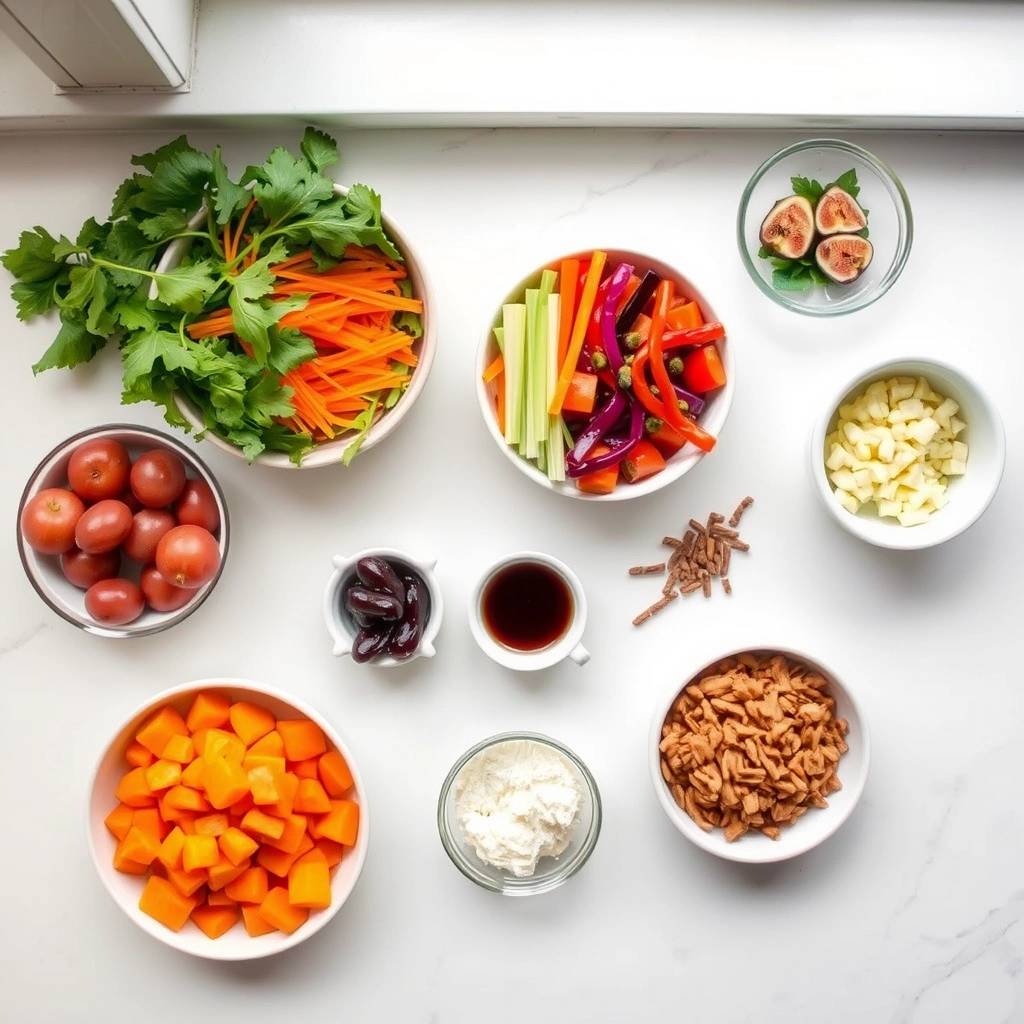
How to Prepare This Dish
Steps and time-saving tips
First, preheat your oven to 400°F to roast the vegetables. Meanwhile, chop your sweet potatoes and Brussels sprouts into bite-sized pieces. Toss them with olive oil, salt, and pepper on a large baking sheet. Roasting everything on a single sheet saves you both time and cleanup. While the vegetables roast, prepare your farro or quinoa according to package directions. Next, whisk together the Fig Balsamic Vinaigrette in a small bowl or jar. Simply combine fig jam, balsamic vinegar, olive oil, and a touch of Dijon mustard. Whisk vigorously until the dressing is smooth and emulsified. Once the grains are fluffy and the vegetables are caramelized, let everything cool slightly. Finally, assemble your Harvest Bowls with Fig Balsamic Vinaigrette by layering the grains, roasted veggies, fresh arugula, creamy goat cheese, and crunchy pecans. Drizzle that gorgeous vinaigrette over the top right before serving. For a fantastic make-ahead option, store all the components separately in the fridge. This way, you can quickly assemble a fresh, crisp bowl for lunch all week long.
Mistakes I’ve made and learned from
I used to drown my beautiful Harvest Bowls with Fig Balsamic Vinaigrette in way too much dressing, making the arugula wilt and the entire dish soggy within minutes. Now, I always serve the vinaigrette on the side and let everyone drizzle their own. This keeps every component perfectly textured. Another big lesson was overcooking the grains. A mushy base really brings the whole bowl down. I finally learned that nailing the perfect how to cook quinoa technique is absolutely crucial for the right fluffy, chewy texture. Also, don’t skip toasting your nuts. I once threw raw pecans on top and their bland flavor was a total letdown. Toasting them for just a few minutes in a dry pan, like I do for my roasted vegetable salad, unlocks a deep, nutty flavor that completely elevates the final dish.
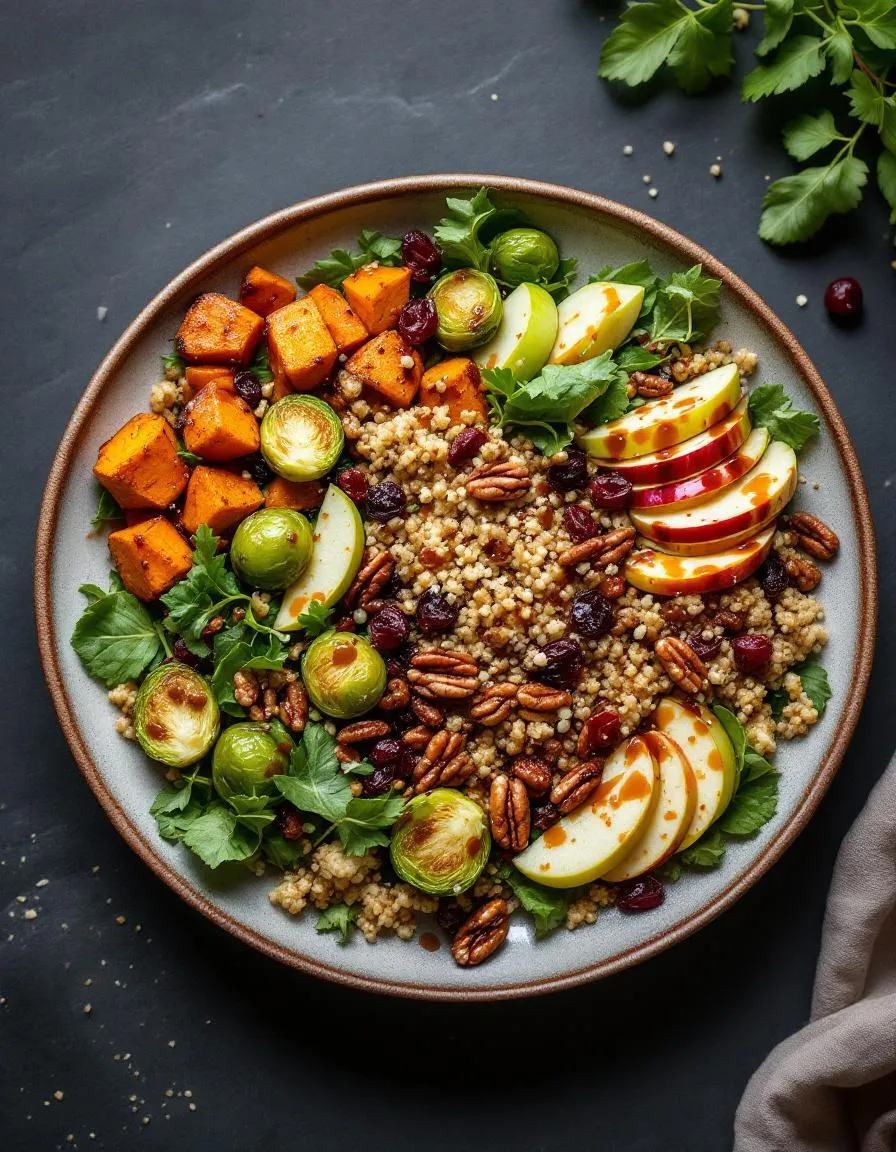
Cultural Connection and Variations
Where this recipe comes from
My grandmother always said the best meals tell a story of the land. Consequently, her version of Harvest Bowls with Fig Balsamic Vinaigrette was a love letter to autumn in the Midwest. She would use wild black walnuts and the last of the season’s greens. Meanwhile, across the Atlantic, Mediterranean cooks might prepare a similar bowl. They often swap in farro or couscous and top it with briny feta cheese and Kalamata olives. Their vinaigrette, however, still celebrates the sweet, earthy fig.
In my own family, we argue over the best squash to roast. Personally, I champion sweet potato, but my aunt swears by delicata. Furthermore, some regions might add a handful of spicy arugula or even some roasted chicken for heartiness. Ultimately, the beauty of this dish is its flexibility. Every cook imparts a piece of their own harvest story into the bowl. This global conversation makes Harvest Bowls with Fig Balsamic Vinaigrette a truly special dish.
How it fits in today’s cooking
This recipe absolutely thrives in modern kitchens. Firstly, it perfectly captures the farm-to-table movement with its focus on fresh, seasonal produce. Busy home cooks also love it for meal prep; you can easily assemble components ahead for a fast, healthy lunch. Moreover, its beautiful, colorful layers make it a star on any holiday table, especially alongside other incredible Thanksgiving side dishes.
Today, people often adapt it to fit dietary needs. For instance, they might use quinoa for a protein boost or a dairy-free cheese alternative. Ultimately, it provides a nourishing and satisfying experience that fits our current desire for wholesome food. It’s the kind of meal that feels both special and simple, much like enjoying a perfect slice of gluten-free cinnamon coffee cake on a cozy morning.
Taste and Texture
What makes it delicious
These Harvest Bowls with Fig Balsamic Vinaigrette deliver a stunning symphony of flavors and textures in every single bite. You experience an immediate sweet and tangy punch from the rich, fruity vinaigrette, which perfectly coats the hearty base of grains and greens. Furthermore, roasted sweet potatoes and squash offer a wonderfully creamy and soft contrast to the crunchy toasted pecans and crisp apple slices. Ultimately, the creamy goat cheese melts slightly onto the warm components, creating a luxurious and fragrant finish that makes these Harvest Bowls with Fig Balsamic Vinaigrette utterly irresistible.
Boosting the flavor
You can easily amplify the savory depth of this dish with a few clever tweaks. For instance, try crumbling a bit of crispy bacon or my favorite Candied Pecans over the top for an extra layer of salty sweetness and crunch. Additionally, a spoonful of a complementary sauce can work wonders; a drizzle of this creamy Lemon Tahini Dressing introduces a bright, nutty dimension that pairs beautifully with the fig. Finally, do not hesitate to add a pinch of smoked paprika or a sprinkle of fresh herbs like thyme to elevate the entire bowl with minimal effort.

Tips for Success
Best practices for results
Always whisk your vinaigrette vigorously to create a stable emulsion, which ensures your Harvest Bowls with Fig Balsamic Vinaigrette have a perfectly coated and flavorful base. Furthermore, roast your vegetables in a single layer on the baking sheet so they caramelize beautifully instead of steaming. For the best texture and temperature contrast, serve your bowls immediately after assembling them with the warm components.
Mistakes to avoid
A common error is overdressing the greens, which can make your entire Harvest Bowl soggy; instead, always add the vinaigrette just before serving. Additionally, do not skip toasting the nuts and seeds, as this crucial step unlocks their full flavor and adds a necessary crunch. For more guidance on getting your dressings just right, read our guide on how to make vinaigrette. Moreover, if your grains seem sticky or mushy, you likely did not fluff them with a fork after cooking; consequently, this simple step prevents clumping. For perfect grains every time, check out our tips for how to cook quinoa.
Serving and Pairing Suggestions
How to serve this dish
For a truly stunning presentation, serve your Harvest Bowls with Fig Balsamic Vinaigrette in a wide, shallow bowl. This style beautifully showcases all the colorful layers and textures. Moreover, drizzle the vinaigrette around the edge just before serving for a professional touch. Consequently, every bite will be bursting with flavor.
Consider these Harvest Bowls for your next holiday potluck or a special weekend brunch. They truly shine as a vibrant and healthy centerpiece. Finally, garnish with a final sprinkle of pomegranate arils and fresh herbs for a festive and visually appealing finish.
What goes well with it
A crisp, chilled white wine like Sauvignon Blanc perfectly complements the sweet and tangy notes of the fig balsamic vinaigrette. Alternatively, a sparkling water with a squeeze of lemon makes a wonderfully refreshing non-alcoholic option.
For a heartier meal, pair your Harvest Bowls with Fig Balsamic Vinaigrette with a side of warm, crusty bread. We especially love our easy Garlic Herb Focaccia for dipping into any extra dressing. Additionally, a simple cup of soup creates a fantastic lunch combination. Try our creamy Roasted Tomato Basil Soup for a cozy and satisfying pairing.
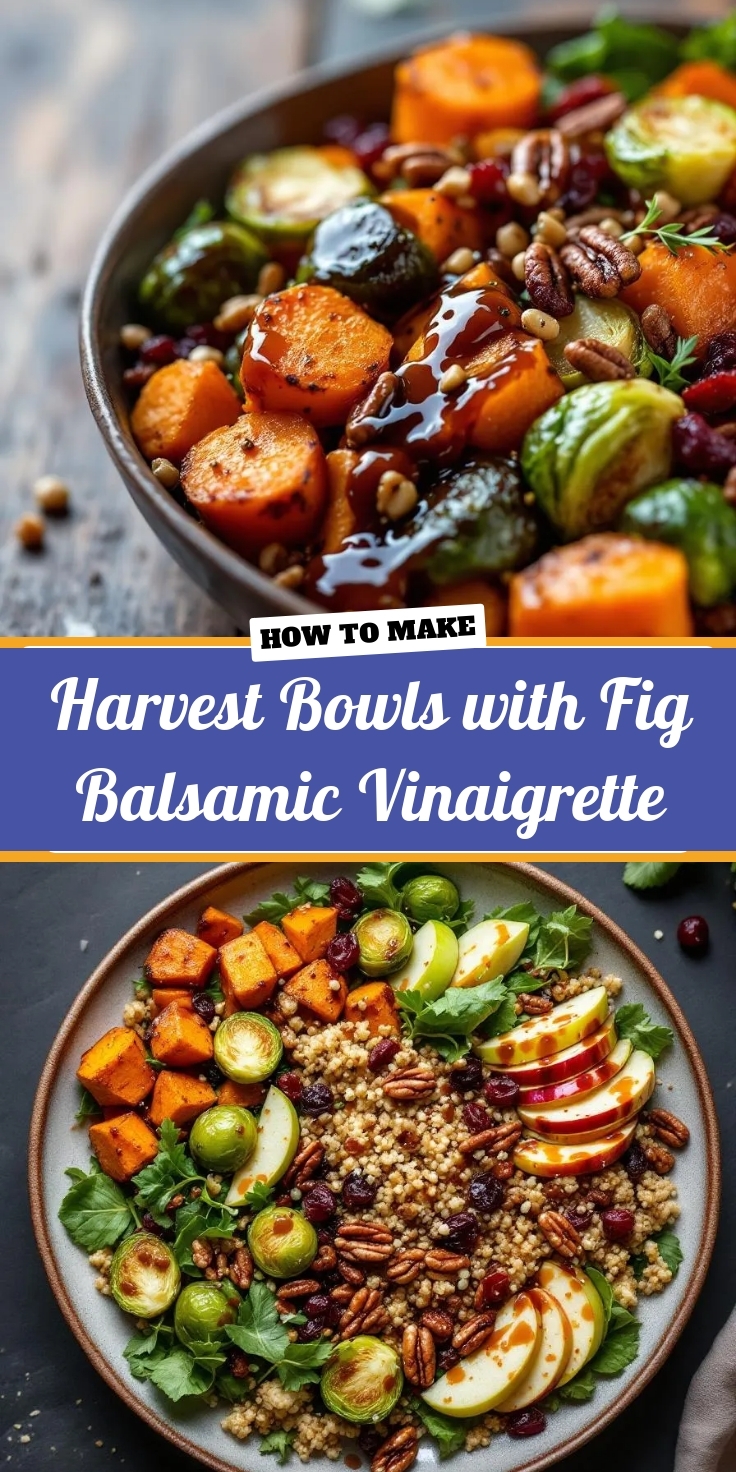
A classic harvest bowl combines roasted autumn vegetables like sweet potatoes and Brussels sprouts with hearty grains such as quinoa or farro, fresh greens like kale or arugula, a protein like grilled chicken or chickpeas, and a creamy cheese like goat cheese or feta. The combination is then brought together with a rich, sweet, and tangy Fig Balsamic Vinaigrette, making it a complete and satisfying meal.
Fig balsamic vinaigrette typically blends fig jam or preserves with aged balsamic vinegar, extra virgin olive oil, Dijon mustard, and a touch of honey or maple syrup for sweetness. Whisking these ingredients together creates a perfectly emulsified, luxurious dressing that clings beautifully to the ingredients in your Harvest Bowl with Fig Balsamic Vinaigrette.
Yes, you can easily meal prep Harvest Bowls with Fig Balsamic Vinaigrette. Store the roasted vegetables, cooked grains, and protein separately from the fresh greens and dressing. Assemble your bowl just before eating to keep the greens crisp and prevent the ingredients from getting soggy. Keep the fig balsamic vinaigrette in a small sealed container until you’re ready to enjoy.
Absolutely. A well-constructed Harvest Bowl with Fig Balsamic Vinaigrette is a nutritional powerhouse. It provides a balanced mix of complex carbohydrates from the grains and vegetables, fiber from the greens and veggies, and protein from your chosen source. The healthy fats in the olive oil-based vinaigrette also help your body absorb the fat-soluble vitamins from the meal.
